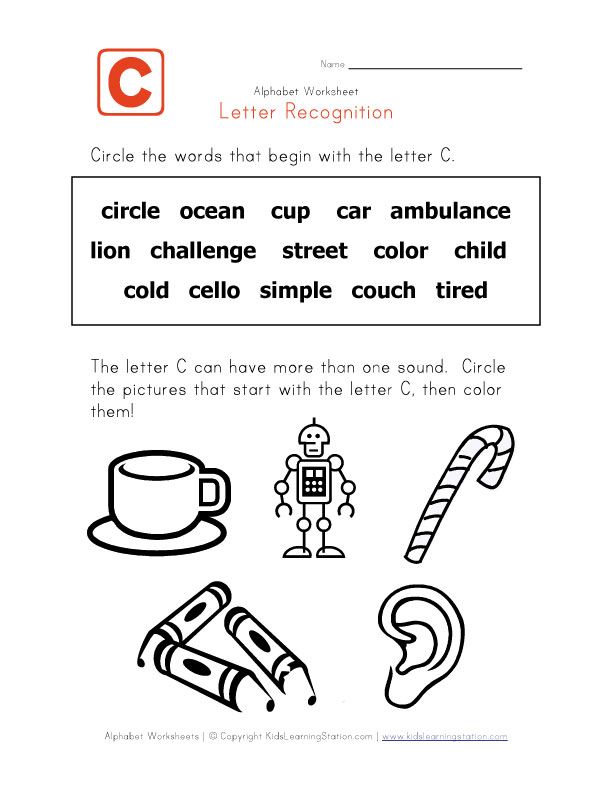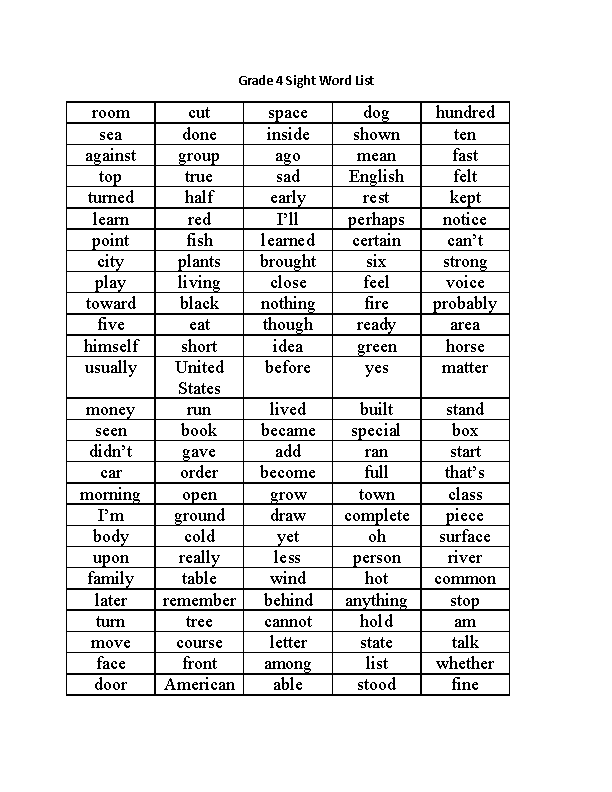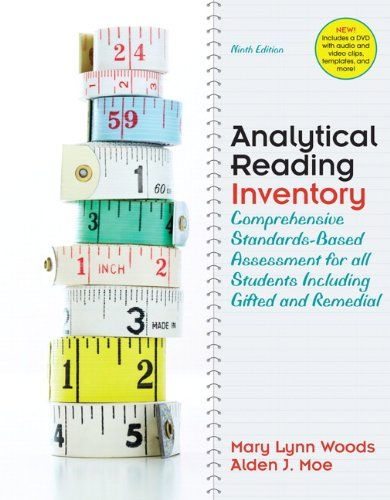Kindness projects for kids
17 Activities for Kids to Practice Kindness and Compassion
Having compassion for others and treating those around us with kindness doesn’t have to be taught. It’s often learned through model behavior and comes naturally to many kids. But there are many activities for kids that further encourage a ‘kindness mindset’. In bringing awareness to situations that require compassion and empathy, children will begin to view others with a more understanding lens.
These activities and acts of kindness will help children interact and engage with the world around them in a compassionate and empathetic way:
1. Play a cooperative, team-building game with friends.
Playworks is a non-profit organization that supports learning and physical health among children. It’s a great resource with a number of examples of team-based games for kids.
2. Volunteer at an animal shelter.
Teaching compassion for animals is a great way to practice empathy, kids are naturally drawn to animals and love to help them.
3. Visit the elderly.
Your children can sing songs, perform a short skit, or play an instrument.
4. Join a family fun run that donates money to a charitable cause.
Discuss and research the cause with your children beforehand.
5. Volunteer at a food bank.
This is an excellent hands-on way for kids to help out and also get a better sense of the struggles that some face.
6. Make a family Kindness Jar.
The Kindness Jar is a simple system of positive reinforcement that promotes kind behavior and acknowledges the effects of unkind behaviors.
7. Write a kind note for a family member.
Having your child take a moment for positive considerations and then articulate it in a note does well to foster kindness.
8. Make a homemade bird feeder to put in your yard.
Check out some interesting ways to create your own bird feeder from everyday recycled materials.
9.
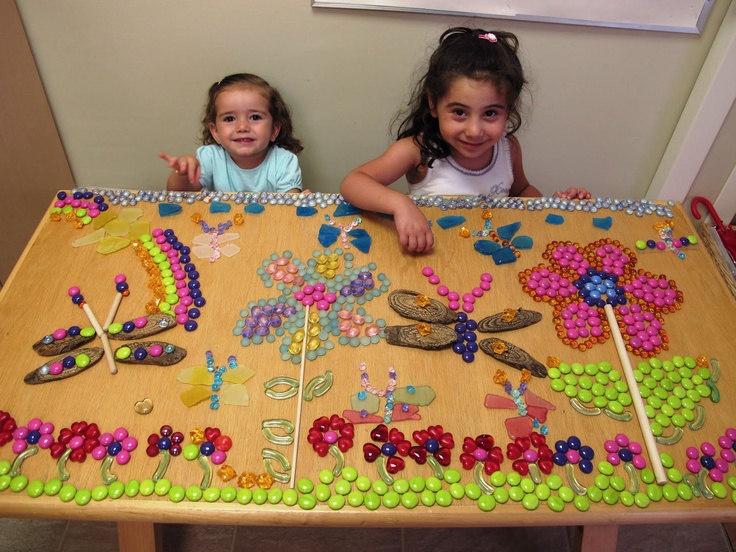 Bring your teacher a drawing or small gift.
Bring your teacher a drawing or small gift.It will show how much your child appreciates their hard work and dedication!
10. Sponsor a child from another country.
You can help children living in underprivileged communities through organizations like World Vision.
11. Read stories from the Make-a-Wish website or watch some of their YouTube videos.
Make-a-Wish has a collection of touching stories for you and your children to read through on their website.
12. Read books about friendship.
Here are a number of books about friendship and love – perfect for children of toddler-to-preschool age.
13. Host a lemonade stand.
Donate the earnings to a worthy organization you and your children have picked together.
14. Write a letter to a soldier.
Operation Gratitude is a great organization to check out to thank soldiers for their commitment and bravery.
15.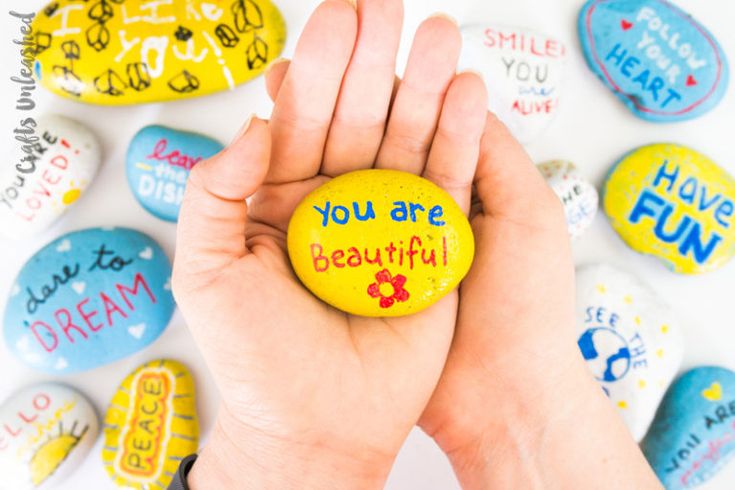 Bake treats for local firefighters or police officers.
Bake treats for local firefighters or police officers.
These banana breakfast cookies are a healthy and delicious recipe to go with.
16. Donate pre-loved items to those in need.
Old clothing and toys are two great places to start!
17. Act it out!
Here are 10 scenarios that help kids develop compassion.
These activities will help children gain a deeper understanding for others while teaching them to spread kindness and compassion. Plus, they will feel really good while doing them!
Would you like to be the first to hear about our new products and more?
Sign up for our Nature’s Path Newsletter.
Katie Chiavarone
10 Awesome Kindness Projects for Kindness Day and Lessons for Kids
Need kindness projects for kindness day, kindness week or kindness lessons? Teach empathy and encourage your child to help others by adding a kindness challenge for kids.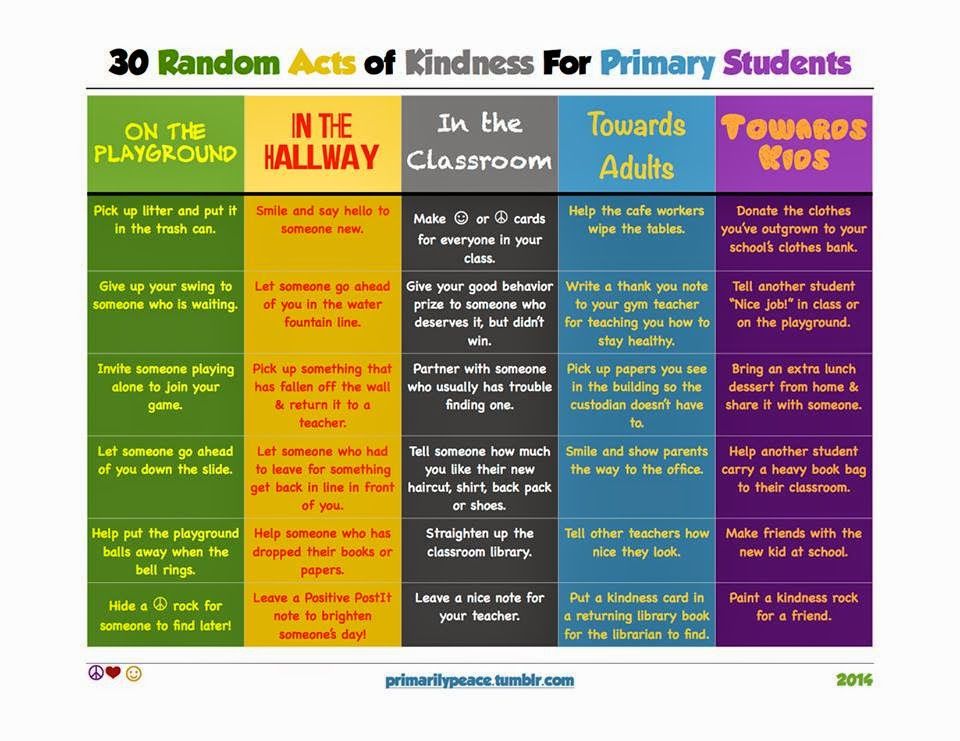 We have kindness fun, kindness crafts for sunday school, kindness games for preschoolers and up and other random acts of kindness projects and kindness tools to teach kids to pass on kindness!
We have kindness fun, kindness crafts for sunday school, kindness games for preschoolers and up and other random acts of kindness projects and kindness tools to teach kids to pass on kindness!
We’ve got you covered with awesome and easy random acts of kindness ideas!
Kindness Day 2020: Friday, November 13, 2020
February is designated as Kindness Month
Before we go any further, let’s define kindness to help you discuss it with children.
What Is Kindness?
The kindness meaning is, “the quality of being friendly, generous, and considerate.” Kindness synonyms include: warmth, gentleness, and care. An example of kindness is to help, as in to help others.
One of the best ways to define kindness for kids is to illustrate, both through how treat others and also through reading books and watching videos about being kind.
This is a fantastic kids’ kindness video to share with your kids to give you a “kind” definition and help illustrate the concept of kindness and the effects of the “pay it forward” mentality:
Color Your World With Kindness [VIDEO]
Don’t miss our list of fun and easy kindness projects later in this post!
KEEP READING!
Why Is Kindness Important?
Kindness is important to talk about with your kids.
Why?
In this day and age of instant online feedback, FOMO, constantly measuring against others, and nonstop bullying, it doesn’t hurt to spend some time on topics like kindness, gratitude, and grace during your lessons.
And, kindness isn’t just important for others, it actually has benefits for the person doing the acts of kindness!
For example, did you know that helping others can actually make your child (and you!) happier and improve self-esteem?
So, what kindness does to your body?
Check out these fun facts about kindness.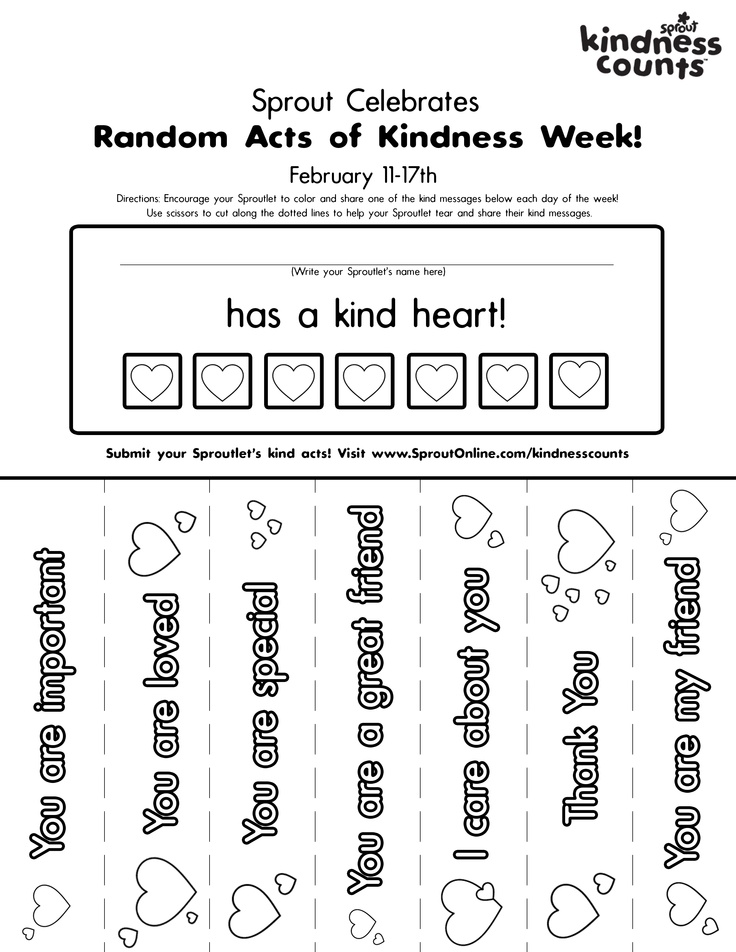
13 Unexpected Health Benefits of Acts of Kindness
- Increases oxytocin (the “love” hormone)
- Improves energy
- Increases happiness
- Extends lifespan
- Increases pleasure by giving you a “helper’s high”
- Helps produce Serotonin, the “feel good” chemical
- Helps to reduce pain by producing the body’s natural painkillers (Endorphins)
- Makes you age slower by being less stressed
- Improves mood
- Helps with relationship satisfaction
- Decreases social anxiety
- Improves satisfaction in life
- Reduces blood pressure
ALSO WATCH: The Science of Kindness [VIDEO]
World Kindness Day, Random Acts of Kindness Week, And Other Kindness Dates
There are several kindness dates observed throughout the year all over the world:
World Kindness Day: November 13th
National Random Acts of Kindness Day: February 17th
Random Acts of Kindness Week, or RAK Week: One Week Every February, generally ending on February 17th (National Random Acts of Kindness Day)
Of course, you don’t have to wait for a special day to do any of these kindness project ideas, but you should mark them on your calendar and plan to celebrate those days, too!
TO GO WITH YOUR KINDNESS STUDIES:
THANKFUL ACTIVITIES: GRATITUDE STONE CRAFT
How to Be Kind?
How to Teach Kindness and Empathy
We may tell our kids things like, “Be kind!” or “Pay it forward!”
But, how do we teach our kids how to be kind?
And, what about raising a compassionate child in the age of entitlement?
If you’re stuck on how to teach kindness and empathy, check out this video:
Raising Kind Kids VIDEO
Looking for a kindness icebreaker? (Try kindness games!)
Kindness activities and games about helping each other are great ways to have fun with this topic.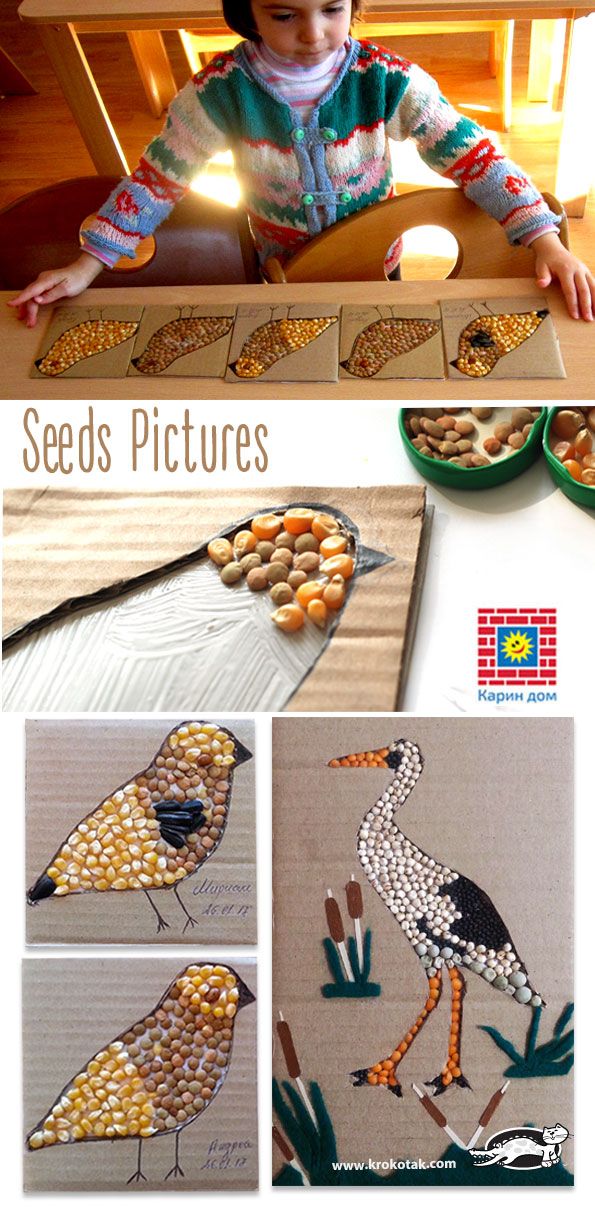
Here are some great kindness activities for kids:
The Idea Box Kids Caring: Acts of Kindness, Teaching Empathy, Learning Manners
Sneaky Cards Card Game: become a secret agent of joy
(Note: We have that Sneak Cards Card Game and it is FABULOUS!)
These are fun ways to teach that kindness is contagious!
Quotes About Kindness and Kindness Bible Verses
A great way to start off a kindness week, kindness day, or a kindness unit study is to get yourself in the right frame of mind with kindness quotes and kindness verses.
These are also fun for printing on crafts or making kindness coloring pages or kindness worksheets.
Here are some of our favorite choose kindness quotes and quotes about kindness for kids:
“Always be a little kinder than necessary.” -James M. Barrie, creator of Peter Pan
“Carry out a random act of kindness, with no expectation of reward, safe in the knowledge that one day someone might do the same for you. ” -Princess Diana
” -Princess Diana
“Love and kindness are never wasted. They always make a difference. They bless the one who receives them, and they bless you, the giver.” -Barbara de Angelis
Be kind to one another, tenderhearted, forgiving one another, as God in Christ forgave you. -Ephesians 4:32
“The level of our success is limited only by our imagination and no act of kindness, however small, is ever wasted.” -Aesop
“Wherever there is a human being, there is an opportunity for a kindness.” -Lucius Annaeus Seneca
“A single act of kindness throws out roots in all directions, and the roots spring up and make new trees.” -Amelia Earhart
A man who is kind benefits himself, but a cruel man hurts himself. -Proverbs 11:17
Whoever is generous to the poor lends to the Lord, and he will repay him for his deed. -Proverbs 19:17
RANDOM ACTS OF KINDNESS IDEAS
10 Kindness Projects Where Kids Can Show Act of Random Kindness
We’ve also put together an awesomely fun list of things you can do with your kids to celebrate kindness and show them kindness examples and discuss why kindness is important.
You can even create your own kindness campaign or kindness challenge!
Remember, one simple act of kindness can change a person’s life.
(And, isn’t that a great thing to teach kids?)
Here are 10 fun kindness week ideas to encourage random acts of kindness, compassion, generosity, empathy (and, just all around goodness).
Random Acts of Kindness Ideas #1: Create a Kindness Jar
Create a kindness jar together by discussing different things that your family can do for others. Place the ideas that you all come up with into a jar.
Then, use the kindness jar throughout the month to perform small acts of kindness.
Each person draws an act of kindness and compassion out of the jar for the week or month, and then performs the kindness listed.
This is actually a great ongoing kindness project idea!
(HINT: Don’t just limit it to one day or one week per year.)
Random Acts of Kindness Ideas #2: Fill an “Amazing Box”
Think someone is amazing?
(Or, several someones?)
Print out this pillow box template, assemble it, and then fill it with small treats or trinkets and deliver it to a friend, mentor, or family member.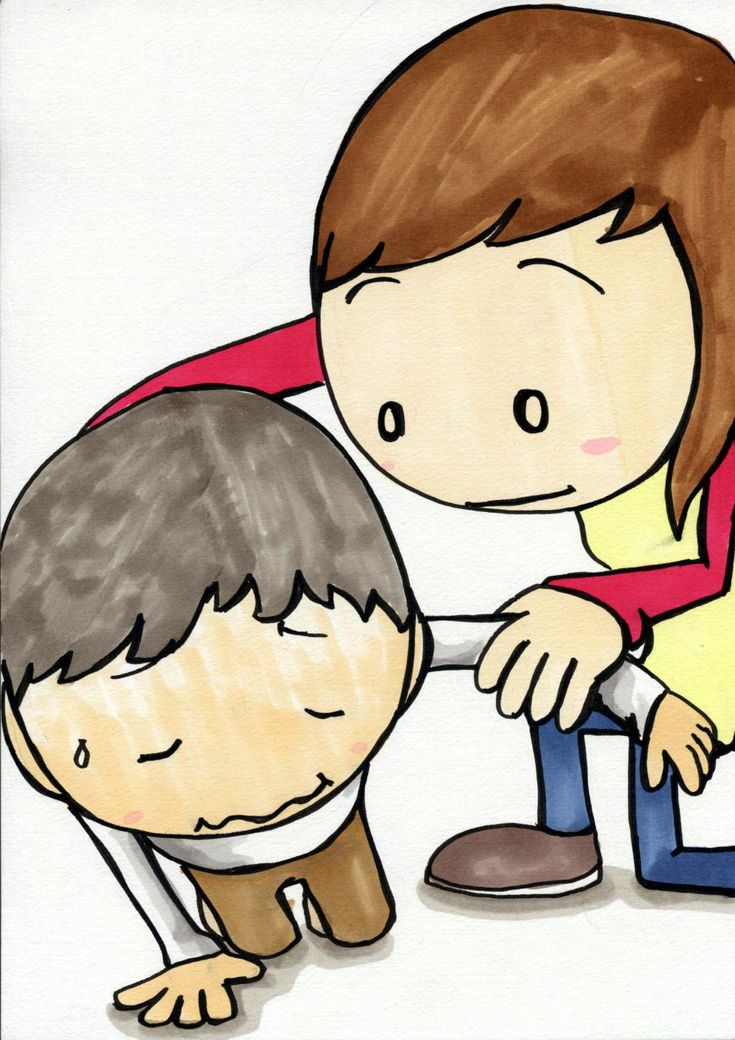
Don’t forget to have the kids write a note about why they think the person is amazing.
If you want to do a kindness project on a larger scale, have them deliver the Amazing Boxes to shelter kids or to a nursing home.
Random Acts of Kindness Ideas #3. Make a Kindness Chain
You know those old-fashioned paper chains? Elevate those babies into an ongoing kindness project!
Each time you or the kids witness (or do) a kindness, write it on a slip of paper and add it to the paper chain.
At the end of the school year (or whatever time you specify), you’ll have a document of all the cool things that the kids did for others (or that were done for them)!
Random Acts of Kindness Ideas #4. Create a “Color Me Kind” Page
Download this awesome kindness coloring page and then let the kids get creative.
While coloring, discuss the topic of kindness, compassion, or empathy.
Often, kids will open up more if they are doing something with their hands!
Be sure to talk to them about times that they’ve witnessed people not being kind and how things could’ve been handled differently.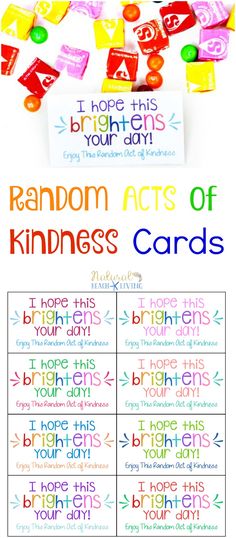
Random Acts of Kindness Ideas #5. Hand Out Compliment Cards
Print out these free compliment cards and then have fun decorating them.
After, let your kids hand them out to neighbors, friends, family members, or even strangers at the library or grocery store.
Random Acts of Kindness Ideas #6. Decorate Kindness Stones (Kindness Rocks Project)
Another fun kindness project idea is to paint gratitude stones (kindness stones).
Grab some stones from outside (or, we got them in bulk here and they worked really well
) and paints or markers.
Decorate the stones and then write kind words on each one — like happy, smile, peace, love, dance, you matter, live/life/love, pay it forward, etc.
The kids can then leave them in surprise places, like on the playground, in the park, on the hiking trail, and more.
Just think about the smile they will cause when people find this little surprise!
Random Acts of Kindness Ideas #7.
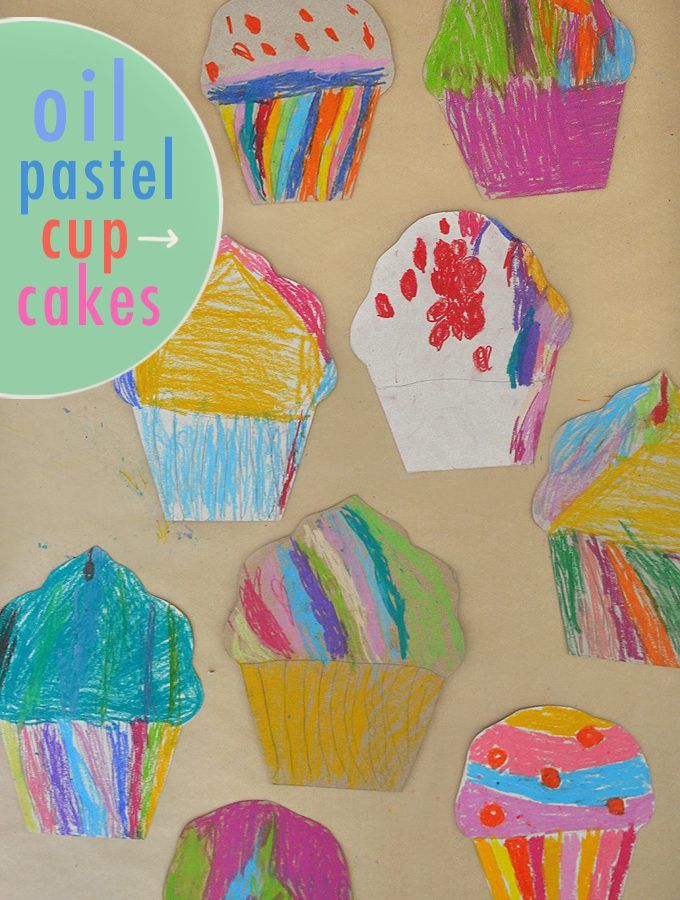 Make a Kindness Flower Craft
Make a Kindness Flower CraftUsing the flower idea found here, make a kindness hand flower.
After placing the handprint on the paper, let it dry and then write “Kindness” on the palm.
In each flower, write ways to be kind (or, maybe ways someone has been kind to the kids).
You can keep the kindness hand flower or give it to a friend or family member.
Random Acts of Kindness Ideas #8: Incorporate Kindness Into Your Studies
Grab these free kindness lesson plans for your studies:
Random Acts of Kindness
Acts of Kindness
RAK Foundation
Random Acts of Kindness Ideas #9. Volunteer
Volunteering and community involvement is an important part of living a healthy life.
According to The Positive Psychlopedia:
A 2001 study found that regular volunteering increases happiness, life satisfaction, self-esteem, and sense of control over life.
And it works for young and old alike: black inner-city teens who tutor younger children have more positive attitudes toward the self, others, their education, and the future; and elderly people who volunteer are more satisfied with life.
Giving back to your community or to a cause teaches kids how to get involved and also can give them a new perspective about others.
(Not to mention, it looks great on college or job applications or a homeschool portfolio!)
But, volunteering just seems like such a … commitment, right?
It doesn’t have to be!
You can find one-time (or even once per month, etc.) causes to get involved in by checking out volunteer websites like VolunteerMatch.org.
OR, you can even volunteer while stuck at home!
Helping others, after all, is the ultimate kindness!
Random Acts of Kindness Ideas #10. Read About Kindness | Kindness Books for Kids
Read books about kindness and then spend some time discussing the message from each book. It’s a great way to illustrate to kids that words of kindness matter.
It’s a great way to illustrate to kids that words of kindness matter.
Need some inspiration?
Kindness Books for Kids
Ordinary Mary’s Extraordinary Deed
The Invisible Boy
Kindness Is Cooler, Mrs. Ruler
Harry The Happy Mouse: Teaching Children To Be Kind To Each Other
Kindness Counts: A Story for Teaching Random Acts of Kindness (Without Limits)
What Does It Mean To Be Kind?
CHECK OUT THESE RELATED KINDNESS TOPICS NEXT
Crazy Cool Kindness Books with Lesson Plans
WONDER LESSON PLANS (BOOK AND MOVIE)
What Is Grace? | Activities and Games to Teach Grace to Kids
Let us know about your kindness projects!
761 shares
As an Amazon Associate I earn from qualifying purchases. Please refer to our DISCLOSURE
Please refer to our DISCLOSURE
STARTING HOME SCHOOL? CHECK OUT OUR HOW TO HOMESCHOOL GUIDE
Project Our good deeds
Project "Our good deeds"
Project passport Type of project: information-creative By the nature of the content: child, immediate environment. By the nature of coordination: open By the number of participants: group Participants of the project: children and parents of the 2nd junior group, educators. By duration: short-term (October)
Relevance
Children are our future and it will be what we make it. Issues of moral development and education of a person have always and at all times worried society: especially now, when cruelty and violence can be encountered more and more often. The problems of moral education are becoming more and more urgent. One of the most important conditions for the successful development of moral feelings in a child is the creation by adults of a healthy, benevolent, cheerful environment around him.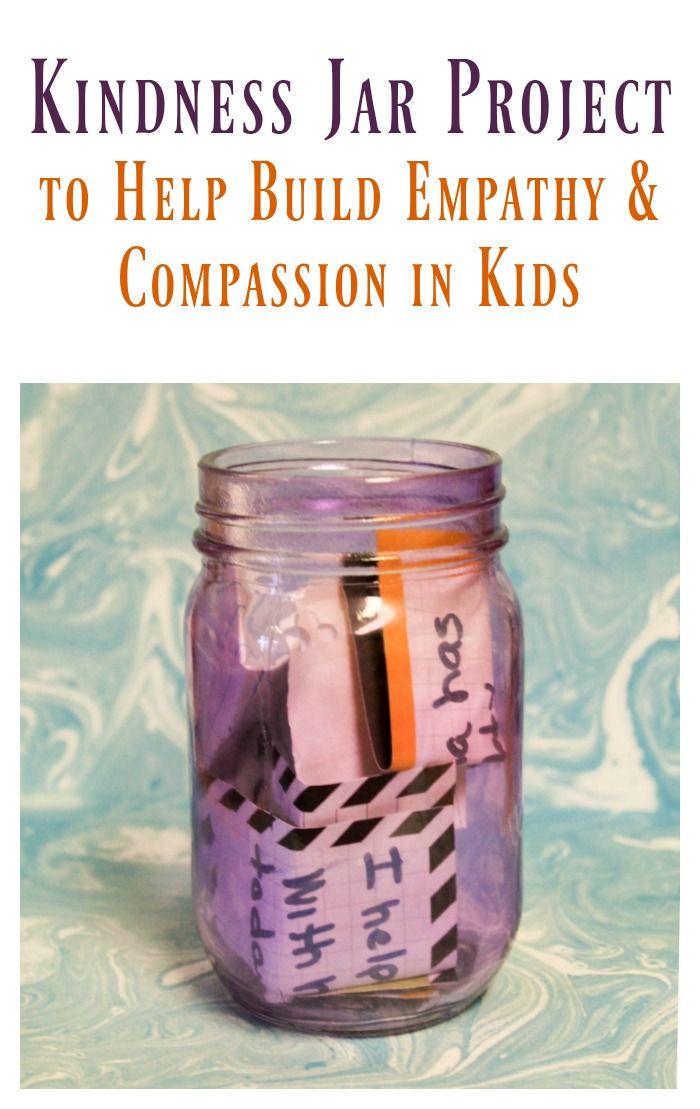 The trust of adults, their constant care, support contribute to the positive emotional development of the child: he willingly and easily communicates with his peers, shares his joys and sorrows with adults. Working on solving this problem, the method of projects is really relevant and very effective. It gives the child the opportunity to experiment, synthesize the acquired knowledge, develop communication skills, this will allow him to successfully correct knowledge and attitude to the world around him. There is an underestimation of the importance of labor education, an underestimation of the importance of forming an emotionally positive attitude towards work from the early preschool age, the moral significance of a child's work as a manifestation of his concern for family members.
The trust of adults, their constant care, support contribute to the positive emotional development of the child: he willingly and easily communicates with his peers, shares his joys and sorrows with adults. Working on solving this problem, the method of projects is really relevant and very effective. It gives the child the opportunity to experiment, synthesize the acquired knowledge, develop communication skills, this will allow him to successfully correct knowledge and attitude to the world around him. There is an underestimation of the importance of labor education, an underestimation of the importance of forming an emotionally positive attitude towards work from the early preschool age, the moral significance of a child's work as a manifestation of his concern for family members.
Purpose of the project:
Formation of moral feelings in children; love, feelings of respect and gratitude to people.
Objectives:
To create game situations that contribute to the formation of kindness, attentive, caring attitude towards others;
To form in children a positive attitude towards each other, the ability to share with a friend, the experience of correctly assessing good and bad deeds;
To consolidate the concept of "kindness", "kind";
Learn to live together, help each other, use toys and books together;
Develop visual-figurative thinking: form ideas about the consequences of an action;
To develop sensitivity, responsiveness, attention in children;
Improve labor skills in caring for animals and plants;
To cultivate the desire to do good deeds towards all living things;
To instill love for nature and the environment;
To develop in children a sense of rhythm, motor skills, speech;
Teach children to answer questions in full sentences;
Clarify children's knowledge about the services that organize the life of children in preschool;
To cultivate respect for the work of adults, gratitude for their work, the desire to do something nice for them.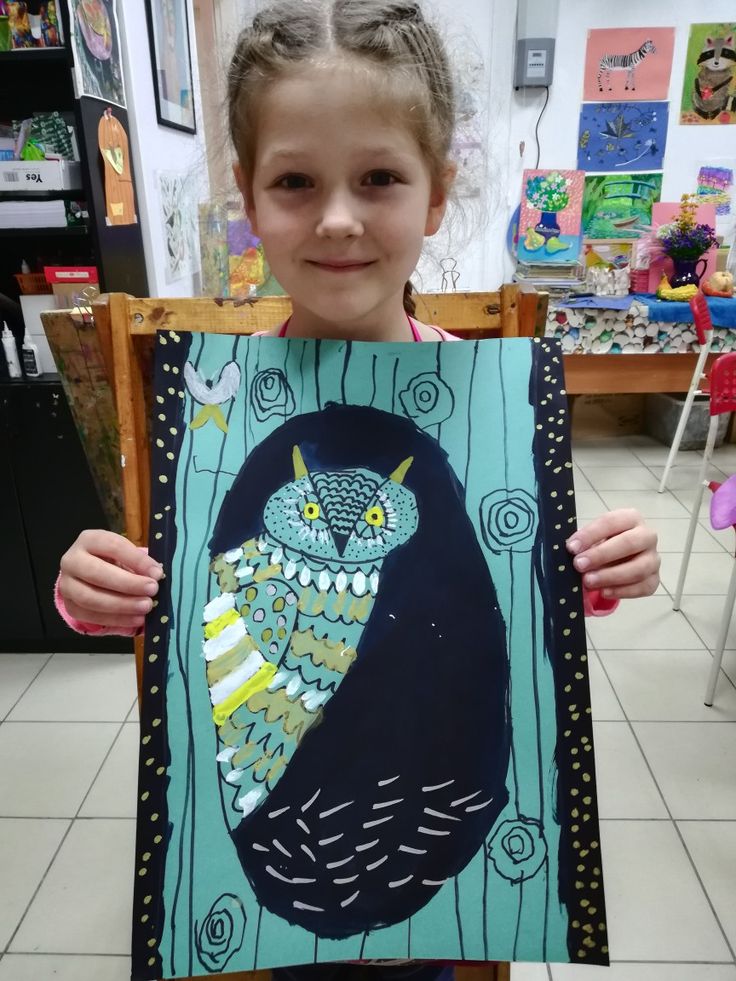
Summary of the project
Stage 1 – preparatory. Setting goals and objectives, developing an educational process.
2 Stage - active.
Interaction with children: 1. Conversation with children “How and how to please loved ones”
2. Work in the corner of nature “Flowers on the windowsill” Appendix No. 1 [1]
Household work in the corner of toys “How the inhabitants of the Land of Dirty wanted to take away toys” Appendix No. 2 [2]4. Examination of pictures on the topic "Adult work", "Professions", "Helpers".
Creation of game situations: “Why is Baba Yaga evil? How to help her? Appendix No. 3 [3]
Simulation of a problem (game) situation: "Carlson, who does not know polite words" Appendix No. 4 [4]
creativity” (hand drawing): “Two merry geese” Appendix No. 5 [6]
9. GCD “Knowledge”: “Kryusha and Karkusha visiting the guys” Appendix No. 6 [7]
6 [7]
10. GCD “Knowledge”: “The more kindness in the world, the happier you and I !" Appendix No. 7 [8]
Stage 3 - Final
Final event: “Our good deeds” Appendix No. 8 [10]
Interaction with parents:
Organization of Good Deeds Day:
“Heal the booklet” campaign (repairing books at home together with children)
Use “polite” words in raising children (development of a memo).
Participation in the photo exhibition "Good Deeds"
Reading fiction to children:
"Song of Friends" S. Mikhalkov
"Masha the Confused" L. Voronkov
"Dirty Girl" A. Barto, P.02 900 900 05 "What is good and what is bad?" V. Mayakovsky.
"Zhadina" E. Moshkovskaya
Development of Memo:
“The role of labor in raising your child”
“Formation of children interest in work”
“Learn children of frugality”
Consultation: “Moral education of children in the family”
Expected result:
There will be respect for the work of adults, gratitude for their work, a desire to do something pleasant for them;
Raising the level of moral culture of pupils and parents;
Education in children of a humane attitude towards the whole living and objective world.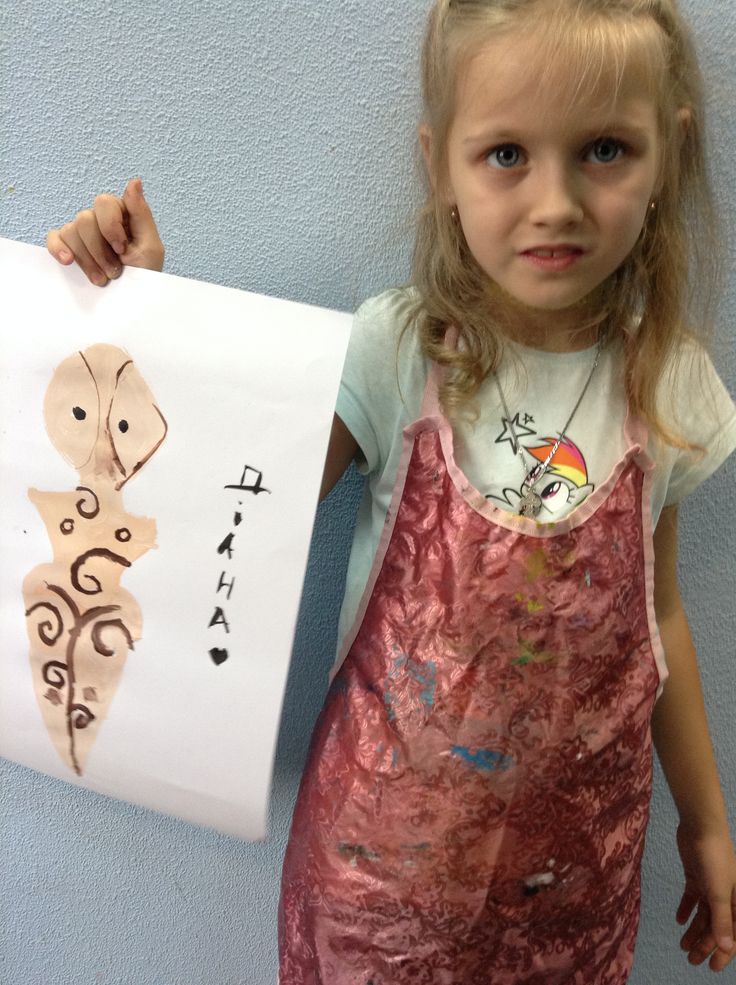
Mastering labor skills in the course of joint practical, play activities with a teacher;
Replenishment of the methodological base of the preschool educational institution in the section "Socialization", "Labor".
References:
Volchkova V.N., Stepanova N.V. Summaries of classes in the second junior group of kindergarten Voronezh: TC "Teacher" 2004.
Kiseleva L.S., Danilina T.A. Project method in the activities of a preschool institution. M.: ARKTI, 2006.
Ostrovskaya L.F. "Are we raising a baby correctly?", A manual for a kindergarten teacher, M., 1979.
Petrova V.I., Stulnik T.D. Moral education in kindergarten. M.: Mosaic-Synthesis, 2008.
MADOU “Kindergarten No. 89 of a combined type”
Project
“Our good deeds”
For children of the 2nd younger group
prepared:
oxina V.I.
Saransk
Appendix No.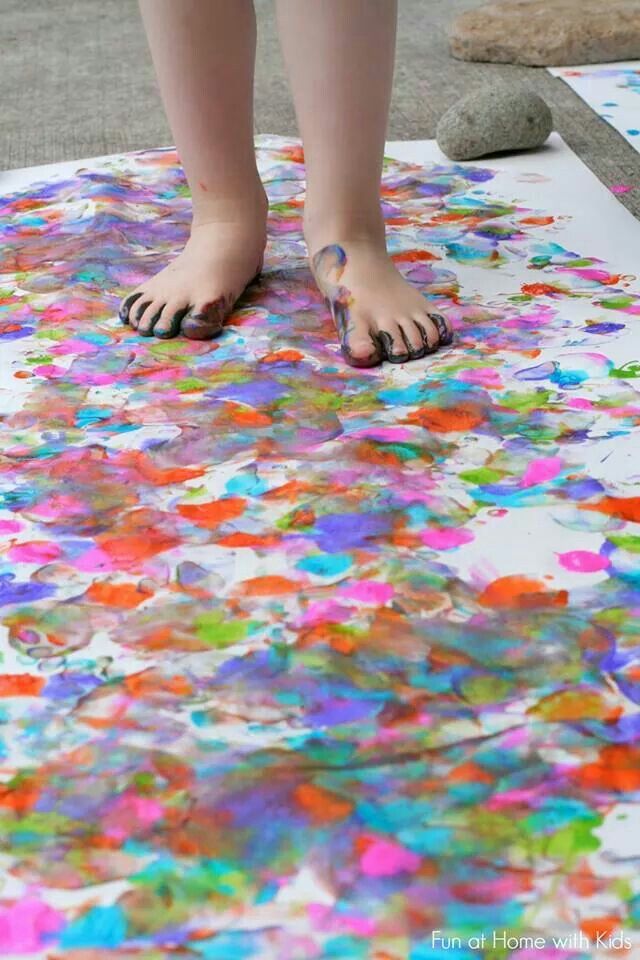 1
1
Labor in the corner of nature “Flowers on the windowsill”
Purpose: to consolidate children's knowledge about indoor plants, introduce 2- 3 indoor plants, develop the desire to care for plants, treat them with love and tenderness.
Materials and equipment: inventory for work in the corner of nature.
Course of educational activities:
The teacher says that flowers that grow in a group, plants
that live indoors, in a kindergarten or at home, are called indoor plants.
The teacher introduces the children to the "light", "violet" and coleus.
Plants have leaves. They're green. They have roots, they keep their roots in the ground.
They “drink” water through the roots.
Educator: Guys, go to the plant that you really liked.
Children come up and choose plants.
Educator: Ask your plant in a whisper, so that only it can hear: "What is needed for the flowers to have a good time in our group?"
This is what the flowers say: in order for them to live well with us, they need to be looked after and taken care of every day.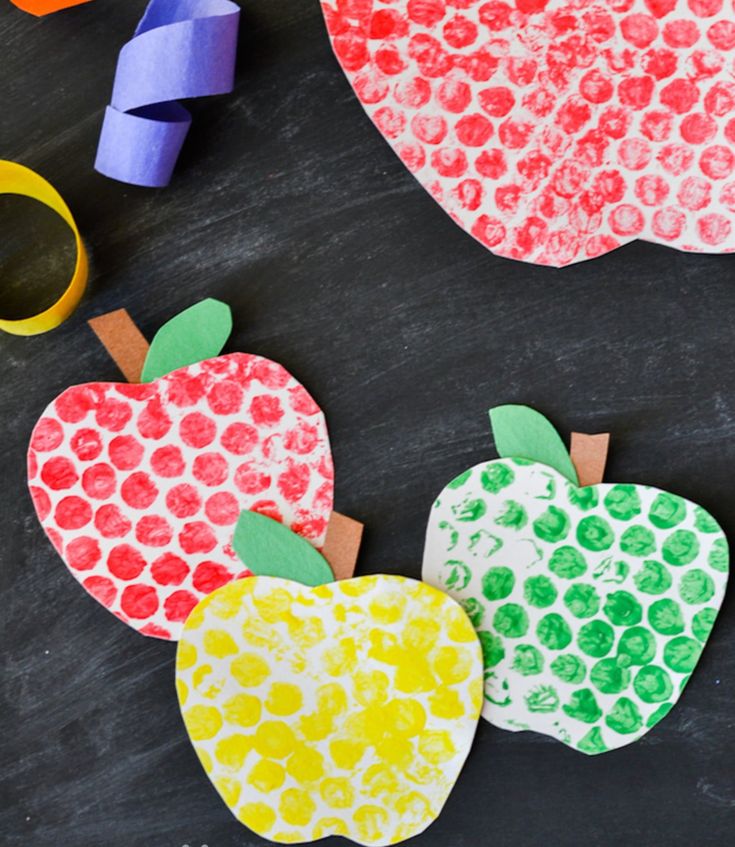
- Guys, do you know how to take care of our flowers?
Children's answers:
That's right, water them, loosen the ground, wipe the dust, remove dry leaves.
The educator lays out a diagram without which plants cannot live. The game "What plants need for growth"
Children choose the necessary cards.
Educator: That's right, guys, we water the flowers with a watering can, without the heat of the sun and light, the plants do not grow.
Plants need air and they definitely need our care, tenderness and love.
The teacher shows how to loosen the ground, remove dry leaves,
Appendix No. 2
household work in the corner of toys
“How the residents of the country of muddle wanted to pick up toys”
Purpose: Creation a game situation for household work in the toy corner, the formation of labor skills in children, instilling love for toys, the formation of the correct handling of them.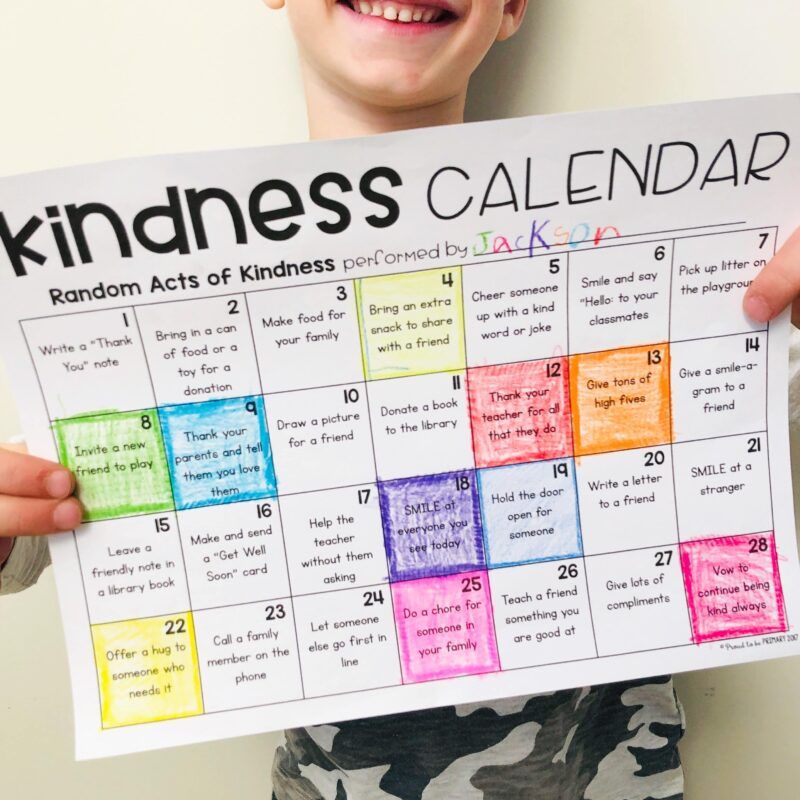
The teacher with the children discovered that toys were missing in the group, and on the shelf
for toys there is a sheet with a black blot.
The teacher makes an assumption: Guys, look carefully, your toys were stolen by the inhabitants of the country Dirty. Do you know why? Because you guys haven't washed them for a long time. What do we do?
Suddenly a noise is heard, "inhabitants of the country of Dirty Zero" appear.
They say that they like dirty toys. Residents learned that at
the kindergarten has such toys because they are not washed,
are thrown on the floor, they do not like them, there are unkempt dolls in the group. Therefore, they want to keep them.
The teacher suggests that the children turn to the inhabitants of the country Dirty and
return toys to them, because the children will be bored without toys in the kindergarten
.
Children appeal to the inhabitants of the country Dirty, promise to love toys,
take care of them.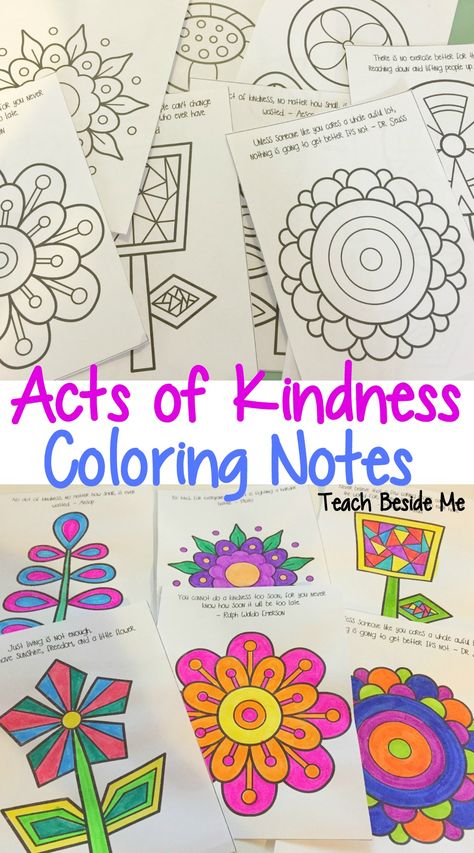
Residents of the country Dirty are returning toys.
Children work in the toy corner: wipe shelves, wash toys.
Appendix No. 3
Creating a game situation: “Why is Baba Yaga evil? How can I help her?"
Purpose: To evoke an emotional mood in children, to cultivate good feelings, to consolidate the ability to care for flowers.
The teacher draws attention to the fact that a flower has disappeared from the group.
Educator: Guys, it turns out that Baba Yaga visited our group and took away our flower, but she doesn’t know how to take care of him, so the flower may die.
We need to go to Baba Yaga and ask her for a flower back (back).
- Guys, do you know where Baba Yaga lives?
Children: In the fairy forest.
The teacher says that she knows magic words with the help of which
they will enter the fairy forest. Children sit in a circle.
The teacher pronounces the words.
The teacher draws attention to the hut of Baba Yaga.
Educator: Hello, Baba Yaga!
Baba Yaga:
Why did you come to me? Who did you bring with you?
- Are these guys kittens?
Children: No!
Baba Yaga: Are these puppies?
Children: No!
The teacher tells why they came.
Baba Yaga: No, I won't give you a flower, I'll catch everyone, I'll catch up... (children run away)
-Everyone fled somewhere. (Baba Yaga cries with annoyance) How unhappy I am, no one loves me
, no one is friends with me. Everyone teases and fears me.
Educator: You yourself are to blame! Guys, tell Baba Yaga why no one respects her.
Children sing a nursery rhyme about Baba Yaga.
Baba Yaga cries:
"What should I do?"
Baba Yaga, you need to change your behavior!
Educator: Guys, what should Baba Yaga become in order for everyone to love her?
Children: Kind, honest, cheerful, caring!
Baba Yaga: Well, I will definitely become like that.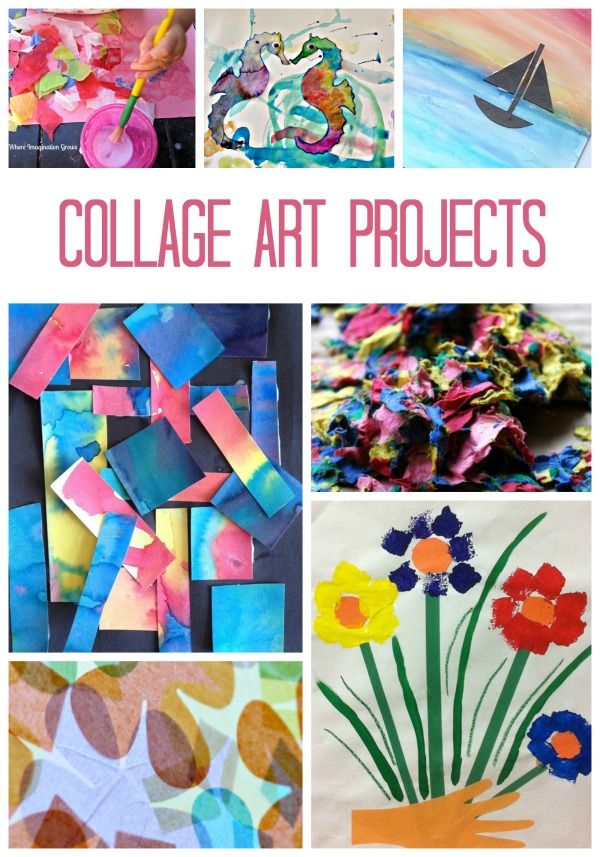 Good-pretty! I'm so glad to see you!
Good-pretty! I'm so glad to see you!
Why did you come to me?
Educator: Please return the flower that you took without asking in the kindergarten from the guys.
Baba Yaga: I don’t know, I don’t know what kind of flower you are looking for. I didn't take it, I didn't take it.
Educator: You promised to be honest.
Baba Yaga: Am I a liar?
Educator: Of course, you are not telling the truth.
Baba Yaga: Excuse me, excuse me. That I deceived you. What is the name of your flower?
(Children answer)
Baba Yaga: I like your flower, let it stay with me. I will admire him.
Educator: You don't know how to take care of him.
Baba Yaga: Do you really need to take care of him?
Children: Yes!
Baba Yaga: But I don’t know how, I don’t know how to do it, right?
Educator: Guys, let's teach Baba Yaga.
Baba Yaga: I'm so interested to see how flowers should be taken care of.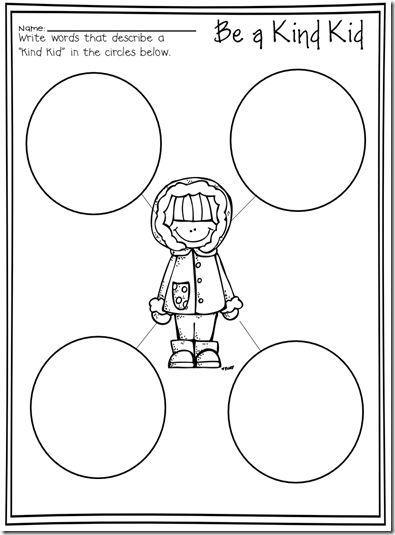
There are two flowers on the table. Two willing children loosen the earth.
Baba Yaga: What are you doing? And what is it for?
Children are watering their flowers.
Baba Yaga: Yes, I probably can't handle it. Whether it's these (points to a clearing - they themselves grow, bloom, and the rain waters.
You really love your flower.
Okay, take it, but sing a goodbye song to me.
Children sing a song, say goodbye and leave.
Appendix No. 4
Modeling of the problem (game) situation “Carlson, who does not know polite words”
Purpose: to educate children culture, a benevolent attitude to people around, develop thinking, memory , Attention.
The course of the game situation.
Educator: Guys, what is that buzzing behind the door?
Carlson is waiting outside the door.
- Carlson, it's good that you returned to us.
Fly a little for the guys.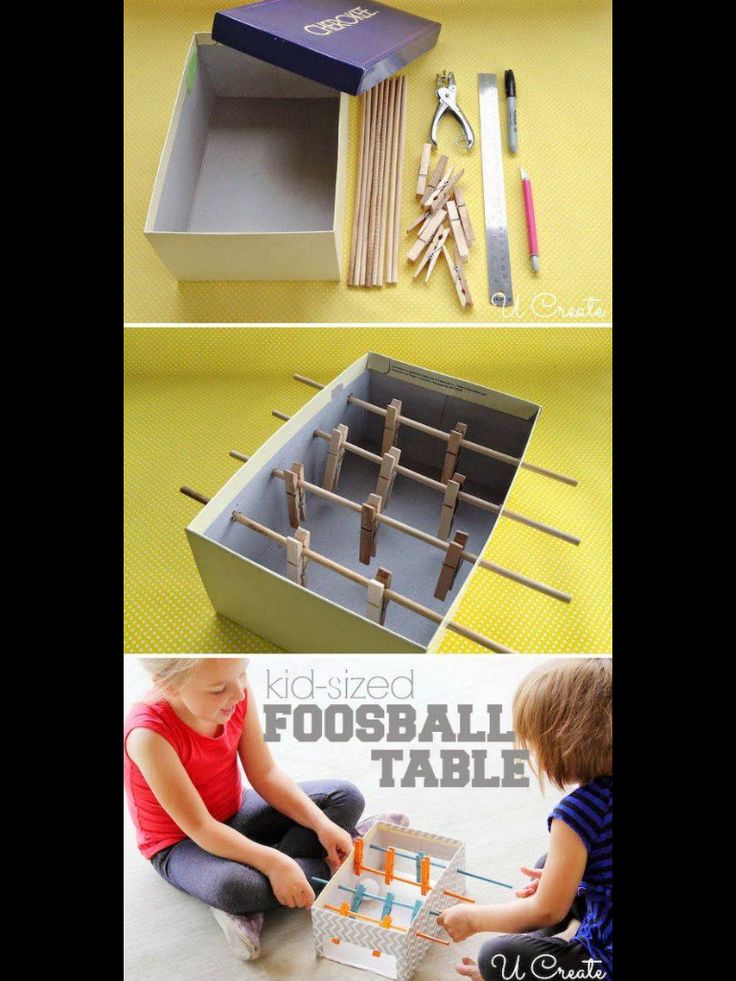
Carlson: No, I don't want to!
Educator: And don’t you want to see the new toys from the guys?
Carlson: No, I don't want to!
Educator: Carlson, what happened? Why are you sad?
Carlson says that he does not know polite words, which is why adults do not
is always allowed to be friends with babies, whom he loves very much.
Educator: People need all the words! Among them, for us there are those that are important every day and hour!
Children tell poems:
1. My best friend Kirill
gave me his drawing
I look into his eyes
And say thank you.
2. "Please" is a polite word
We are always ready to help.
It is difficult to refuse a request
Those who could say it.
Appendix No. 5
NOD “Artistic”
(hand -drawn): “Two funny goose”
Purpose: To introduce children to the technique of printing with a palm.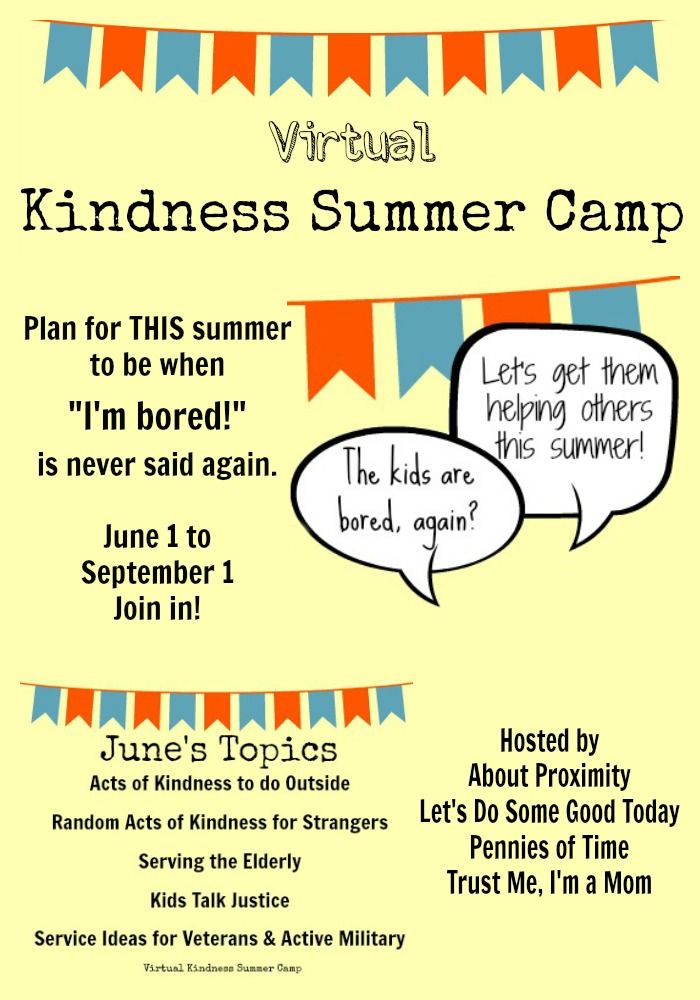 Learn to complement the image with details using a brush. Develop the ability to empathize.
Learn to complement the image with details using a brush. Develop the ability to empathize.
Handout:
Wide bowls with white and gray gouache diluted with water, gouache, brush, green colored paper, drawing paper.
The course of educational activities:
The teacher sings the first purchases of the songs about the goose:
lived with the grandmother
Two funny goose-
One gray,
other white,
Two funny goose.
Stretched neck,
Longer,
One grey,
Another white,
Who has longer.
Washing geese paws
In a puddle near the groove -
One gray,
Another white,
Hid in the groove.
Here is the granny screaming:
-Oh, the geese are gone -
One gray one,
Another white one,
My geese, geese!
Educator: Guys, let's help grandma get her geese back. And how can we do this? That's right, we can draw them.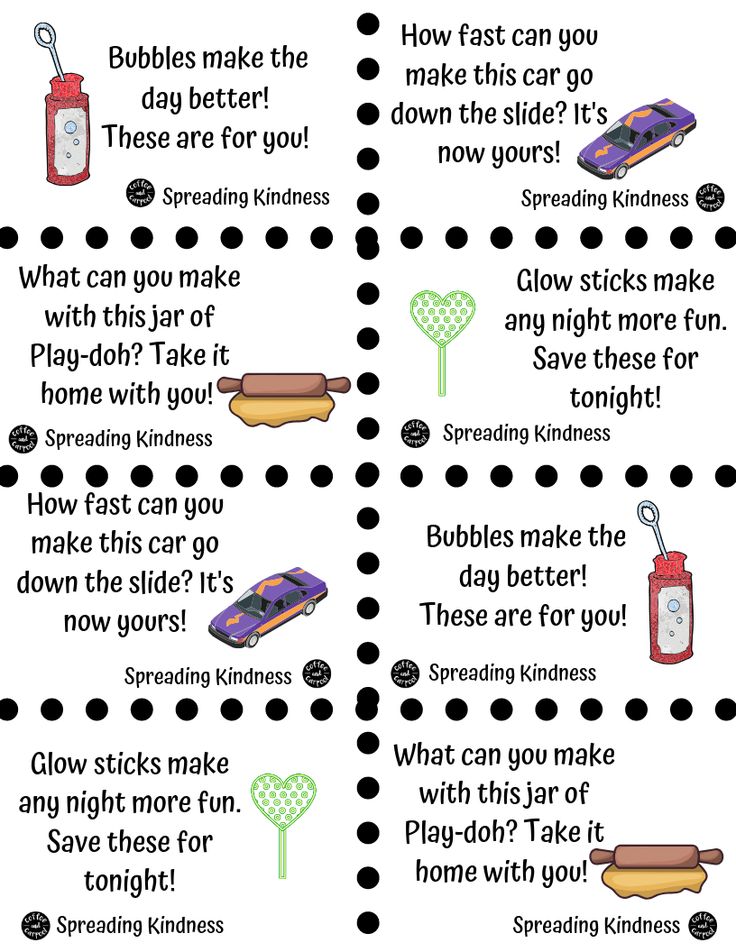
Appendix No. 6
NOD “Cognition”: “Khryusha and Karkush visiting children”
Purpose:
Expand the representations of children about adult labor.
Develop logical thinking, the ability to develop imagination.
Raise respect for kindergarten employees.
Preliminary work:
Excursions to the premises of the kindergarten: to the kitchen, to the laundry, to the office of the head, the nurse.
The course of educational activities:
The teacher informs the children that Khryusha and Karkusha have come to visit them.
- Guys, did you find out who this is? But for some reason they are not funny?
Let me ask you, what happened?
Piggy. We just sat on the shelf, looked at children's games, We want to play games and learn about kindergarten.
Educator.
Khryusha and Karkusha, did you go to kindergarten?
Piggy.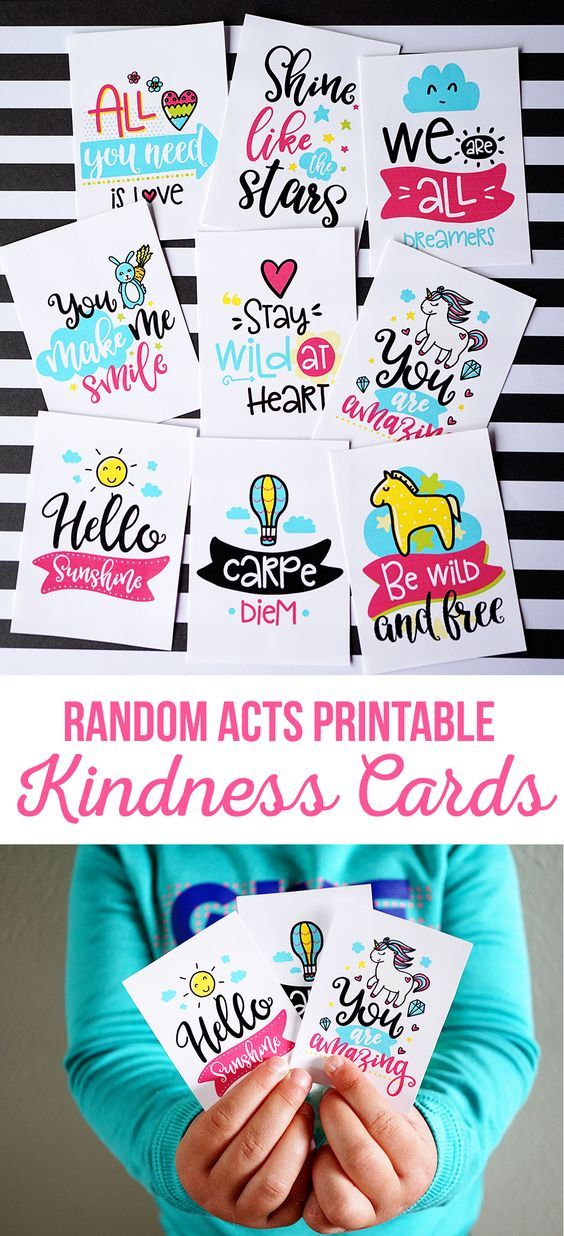 Not!
Not!
Educator. Guys, let's invite our guests to our kindergarten!
Children. Piggy and Karkusha, let's go to our kindergarten.
Educator. Guys, tell us what is the name of our kindergarten?
Children. Our kindergarten is called "Rainbow".
Educator. Do you know, Piggy and Karkusha, that
adults work in our garden - these are our employees!
- Solve the riddles and you will find out who works in the kindergarten.
Who greets us with a smile,
Answers all questions,
Reads a children's book,
And braids.
Who will teach you how to draw,
how to dance, count, play?
-Answer soon friend, everything is able to ... teacher.
- What are the names of the teachers? What are they doing?
Children's answers: Elena Pavlovna and Nina Borisovna; learn to dress, wash hands,
learn to play, do exercises, etc.
Educator. Listen carefully to whom the next riddle is about.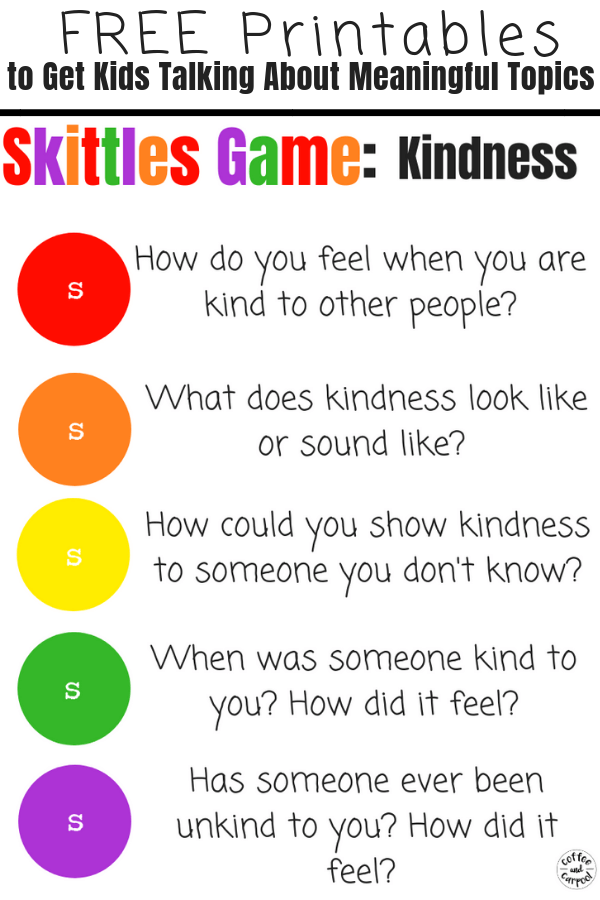
Dinner in the kindergarten,
But after all, mother is not around,
Who sets the table for us?
And straightens the bed?
And braids?
Will he even wipe his nose?
Children. Nanny.
Educator. What is the name of the assistant teacher?
Answers from children. Her name is Irina Konstantinovna, she sets the table, washes the floor, wipes dust
, etc.
Educator. Well done guys, but guess one more riddle:
-Do, re, mi, fa, salt, la, si!
You can ask anyone.
Who sings songs to us
Puts us all in a round dance.
Who will play music for us
All our people amuse!
Answers from children. Musical director.
Educator. What is the name of our musical director? What does music teach you?
leader?
Children. Larisa Nikolaevna. She teaches us to sing, dance, listen to music, etc.
4.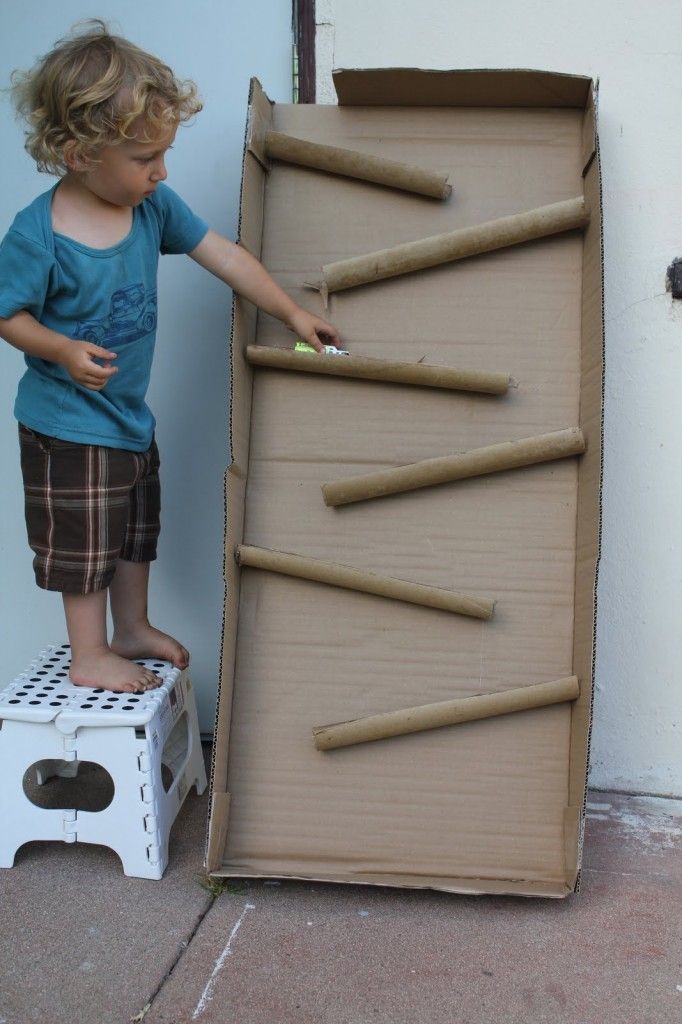 Tell me, who cooks cabbage soup so tasty?
Tell me, who cooks cabbage soup so tasty?
Smelly cutlets, salads, vinaigrettes?
All breakfasts and lunches.
Caretaker. Who is our chef?
What does a cook do?
Children's answers: Anna Gennadievna, Yulia Nikolaevna. they cook porridge, bake buns, cook soup.
5. I have been treating children since morning,
today I…
Children: nurse
Educator. What is the name of our nurse. What does she do?
Children. Lyubov Sergeevna (Natalya Alexandrovna). She gives pills, vitamins,
measures weight, height, vaccinates, etc.
6. Cheerful, glorious well, and who is the most important here?
Who sits in the office, who manages everyone?
Educator. What is the manager's name? What do you know about the manager, about her work?
Children's answers: Our manager's name is Natalya Alexandrovna. She makes sure that the
kindergarten has beautiful furniture, toys, so that we all feel very good.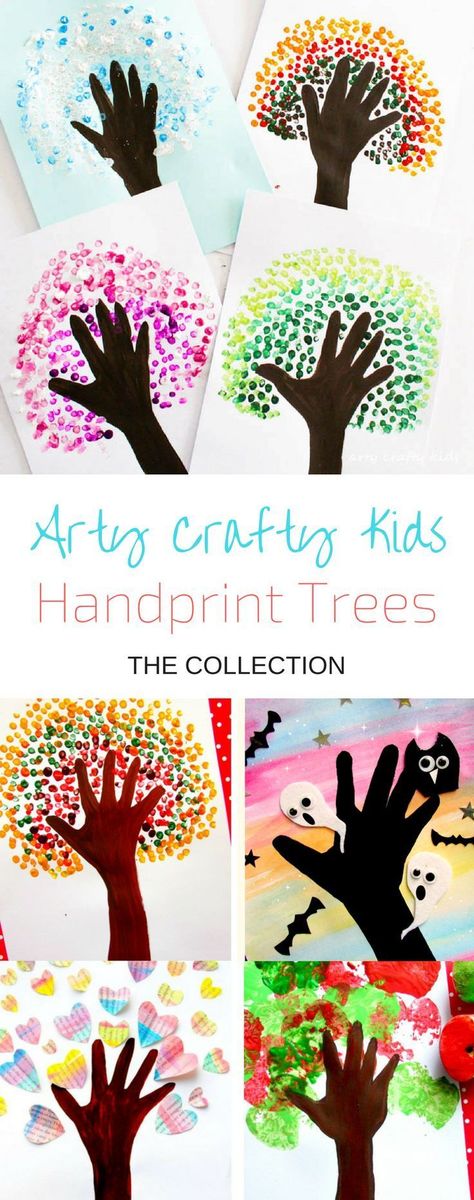
Caretaker. And why do you always have clean towels and beds?
Poem.
White napkin
Clean sheet.
Shines white
Apron and kerchief.
We lie down in bed clean.
They are erased by quick hands.
Thank you very much!
Educator. To whom will we say thank you? (laundry worker) What is she doing?
(Rumia Yasoviyevna washes our beds, towels, irons clothes)
Educator. Who keeps the territory clean?
Children. Street cleaner.
Educator. What's his name? How do we help him?
Children. Uncle Vanya, Ivan Ivanovich. We clear the paths from snow, sweep, collect leaves, do not litter.
Educator. Piggy and Karkusha learned a lot about our kindergarten and about those who work in it.
And now, guys, we will invite our friends to play.
Children stand in a circle. Khryusha on a chair in the center of the circle, and Karkush in the hands of
children, they pass it with the words:
Run, run carkush
Quickly, quickly, in a round dance
who in the hands of Karkush
that movement call!
(clap, stomp, squat.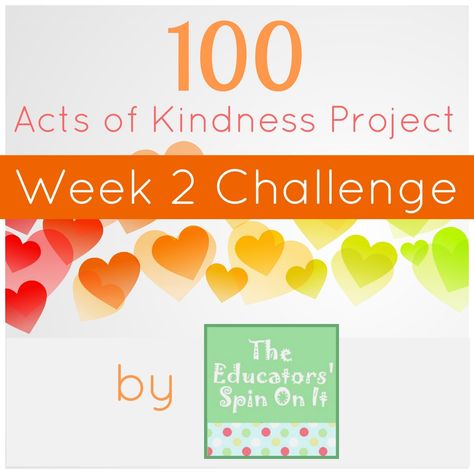 )
)
Educator. Children, do you love our kindergarten?
Do you like those who work in it? Want to do something nice for them?
-Now let's go to the tables and make gifts for them: napkins.
Children do work with seals. A butterfly is imprinted in the center, and flowers along
edges.
Educator.
We take a signet, carefully dip it into the paint and press it firmly against the napkin. (music plays)
What beautiful napkins.
Piggy and Karkusha thank the children and say that they liked everything.
Kindergarten is your second home, here you spend time from morning to evening. May
be very good, fun and happy here.
Poem.
The sun disappeared behind the houses
We are leaving the kindergarten.
I tell my mother about myself and about the guys.
How we sang songs in chorus and played leapfrog.
What we drank, what we ate.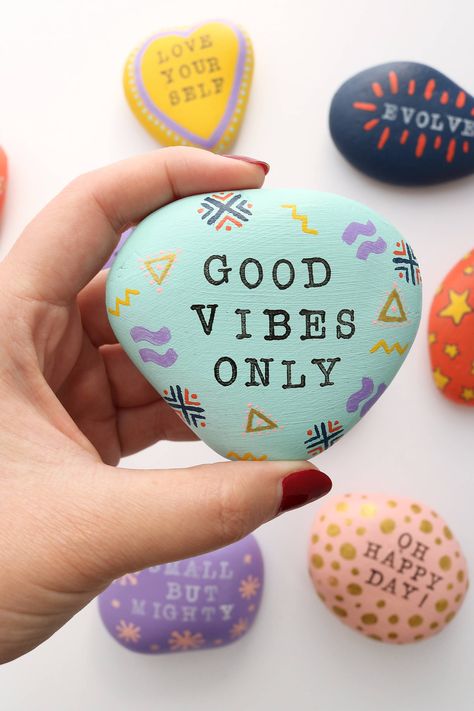
What they read in kindergarten.
I'm being honest.
And everything in detail.
I know my mother is interested.
To know how we live!
L. Ladonshchikova
Appendix No. 7
Educational activities: "The more kindness in the world, the happier I and you!"
Purpose:
Continue introducing children to wintering birds.
Expand children's ideas about birds.
Expand the vocabulary of words.
Cultivate good relations with our little brothers.
The course of educational activities:
Educator:
-Building, Listen to the Riddle:
Pacific Paths, decorated windows
Joy for children,
And took a ride on a sled.
Educator. Who is it?
Children's answer: Winter.
Educator. What did winter bring with it?
Children's answers: frost, strong wind, snow, cold
The game "Oh, snowball, oh, snowball is spreading on the path.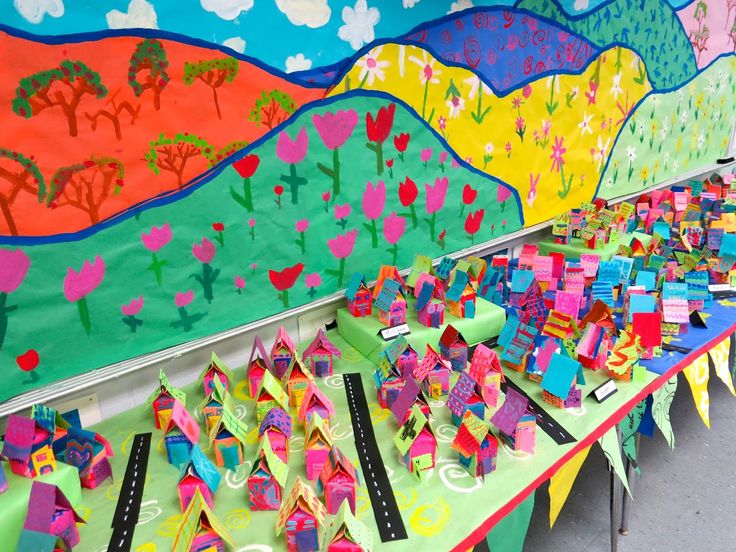 "
"
Poems about birds:
A gray sparrow jumps along the paths and paths.
What is he looking for? Looking for crumbs for himself and for children.
Red-breasted, red-winged
Likes to peck grains.
With the first snow on the mountain ash
He will appear again.
Snowball flutters,
,is spinning on Bel
Street and puddles
turned into crystal glass
where finally was finally,
See
,as pink apples,
on the branches of the snowballs.
Bird riddles:
White cheeks, blue breast
Pointy beak, small.
Little boy in a gray coat.
Sneaking around the yard picking up crumbs.
Children find clues (birds) on a branch.
Poem.
Titmouse wants grains,
But is afraid to sit in the feeder.
"Be bold, don't be shy!" - chirped the sparrow.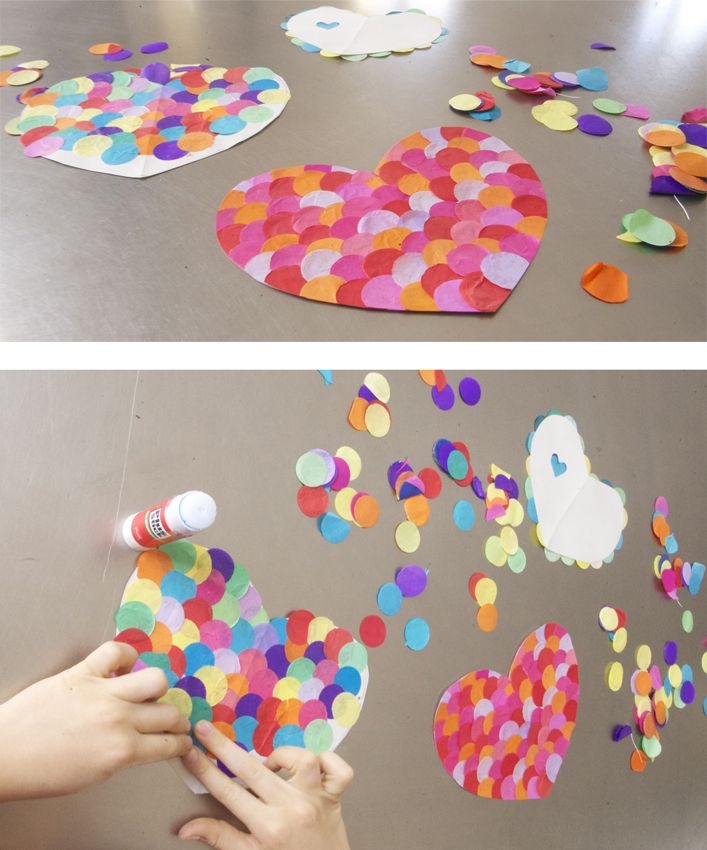
Caretaker. Under the snow it is difficult to find food for birds. And it won't take long for a hungry person to freeze.
Birds are reaching closer to our house. They rely on our kindness.
-But birds, how cold it is in the air.
Shall we help the defenseless such?
Children: Yes
Educator. How do people help birds in winter?
Children's answers: they hang feeders, put bread crumbs, lard, seeds.
Educator. We made a feeder, we opened a canteen.
Sparrow, bullfinch, titmouse are not afraid of the cold for us - if there is always food!
A p/game "Sparrows and a car" is being held.
Appendix No. 8
The final event on the project “Our good deeds”
Purpose: to develop a good attitude to the whole world around them.
Develop the ability to talk about your impressions.
Teach children to analyze their actions and the actions of their friends.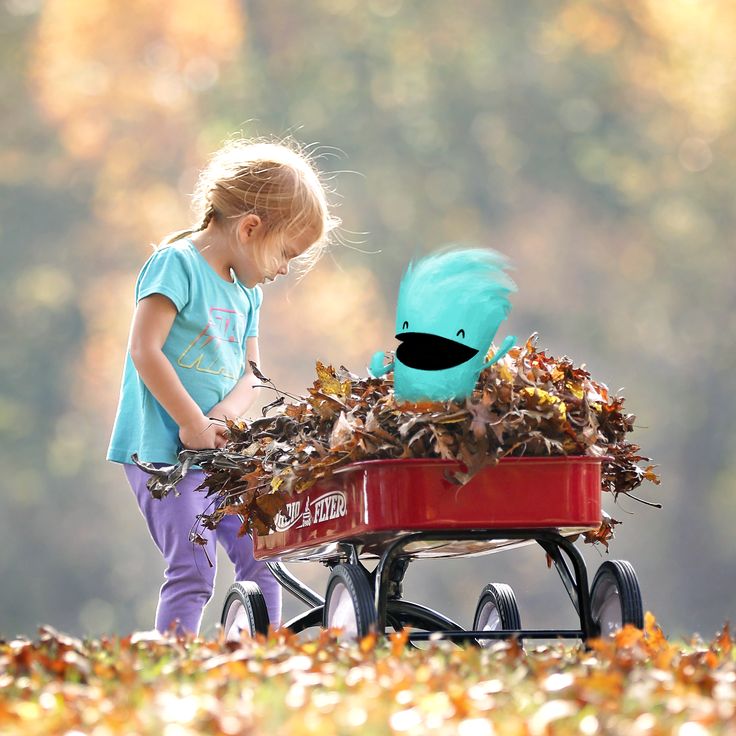
Activate the desire to do noble deeds,
enjoy the result.
Materials used:
To create a game situation: blocks, doll without hair (shaggy),
pieces of paper; blanks: a heart made of colored cardboard, paper flowers for
decorations for hearts (medallions).
Education progress:
Caregiver.
-Where are my children? Here they are. Show me your eyes. Now show me
your mood. How will you do it? That's right, smile.
Now, share your mood with everyone.
And now, let's show how we can say hello.
Finger game
Hello golden sun
Hello blue sky
Hello free breeze
Hello little oak.
We live in our native land
I greet you all!
Educator. Guys, you have now shared a good mood,
greeted the guests. What do you think, is this a good deed?
Educator. And what kind of good deeds do you know and are able to do?
Children's answers: clean up toys, help mom, water flowers,
share toys.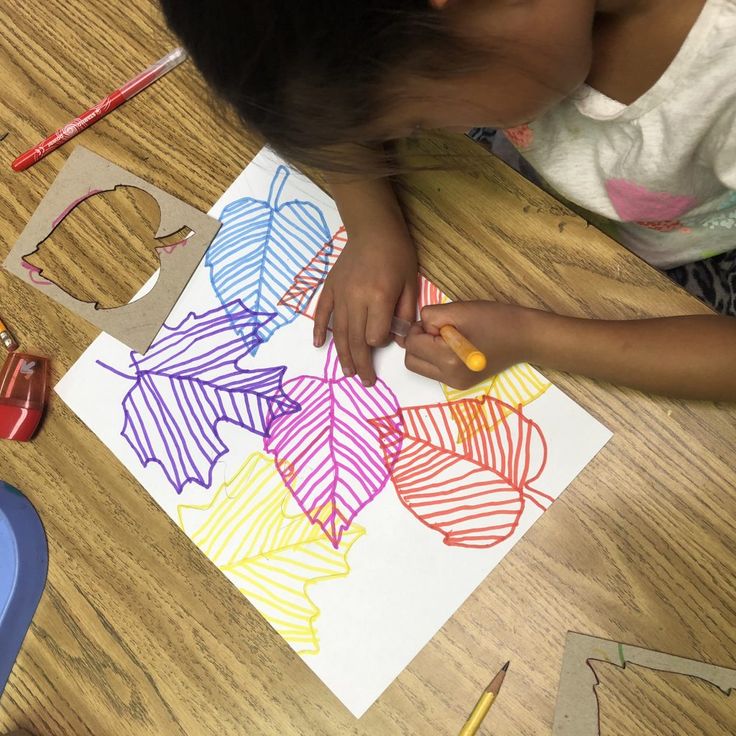
-Yes, guys, good deeds bring joy, cheer up,
take away trouble.
Educator. Guys, do you know what bad deeds are?
Children's answers: quarrel, be greedy, fight not give toys, etc.
Educator. Yes, bad deeds are those that bring harm,
upset, can hurt someone.
Say the opposite game.
Push - hug.
Hit-caress.
To litter - to clean up.
To break - to fix.
Be rude - thank you.
To remain silent at a meeting - to say hello.
Throw a stone at the birds - feed the birds.
Educator. And now, kids, let's see who among us can guess without
clues what good deeds in our group can be done?
(In the group, a special environment is created in advance with different
situations. It will be necessary to collect cubes, remove pieces of paper,
comb the doll and. etc.)
Educator. Let's go through the group together and see what we
can do.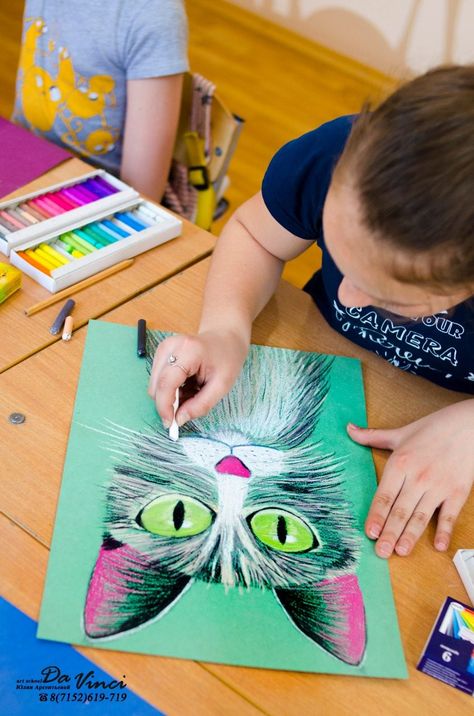
(Children do the work).
Educator. Guys, today you not only told, but also
showed that you can do good deeds.
Poem. "Kindness".
Busy in the house with good deeds,
Kindness walks around the apartment.
Good morning with us,
Good afternoon and good hour.
Good evening, good night,
And where do you ask,
It was good yesterday.
There is so much kindness in the house.
What of this kindness?
Flowers take root,
Fish, hedgehogs, flowers rejoice me and you!
The teacher admires his children, praises them for being
kind: love people, animals, nature.
-When the heart does a good deed, a beautiful flower
blooms in it. Today we have done many good deeds. Well done!
Decorate your hearts with beautiful flowers.
(hearts can be hung on a braid as a pendant and worn in a group
to each child, rejoice at your good heart.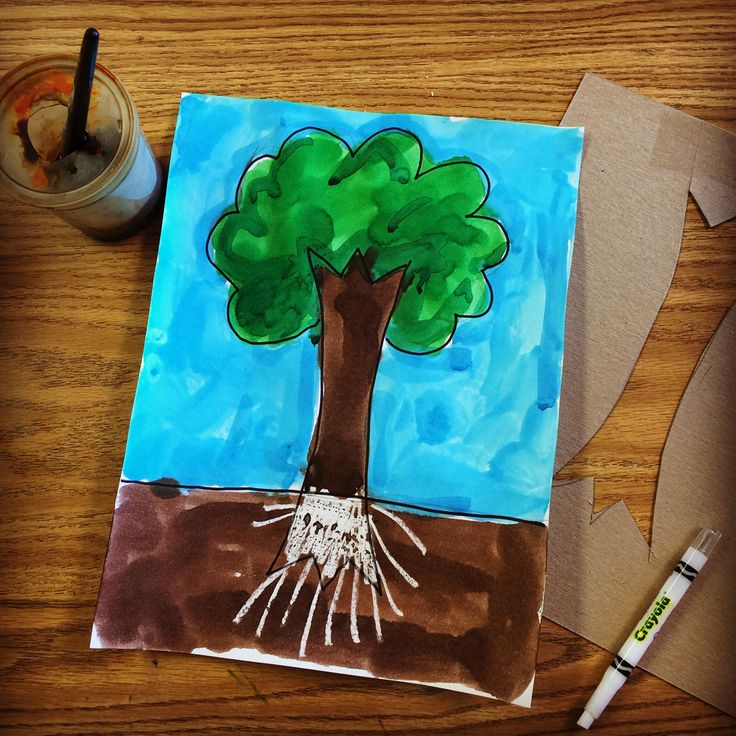 )
)
Publication address: https://www.prododicheskie-razrabotki /305164-proekt-our-dobrye-dela
Project "Good deeds for preschoolers" | Project (senior group):
Municipal budgetary preschool educational institution
"Eremeevsky kindergarten"
Project for the senior group
"Good deeds for preschool children"
Completed by: A.V. Bubnova Educator
2019
Brief Abstract of Project
A humane attitude towards people - the ability to empathize, to sympathy - is manifested in a variety of life situations. In our time, the issue of creating a volunteer movement in kindergarten as a social institution that should prepare for life is relevant.
The project "Good deeds for preschoolers" aims to create conditions for the development of social skills in preschool children through participation in the organization of good deeds. The following tasks will help achieve this goal:
Educational:
- to form in children the idea of kindness, kindness, good, kind deeds;
- to form positive attitudes towards volunteering among preschool children;
- create conditions for self-realization of preschool children and increase their social activity, in which there is a transfer of experience (game, cognitive, social) in the natural environment from older to younger;
Educational:
- to develop independence and responsibility in preschool children;
- to develop the communication skills of preschoolers, cooperation skills;
Educational:
- foster responsiveness, empathy and willingness to help.
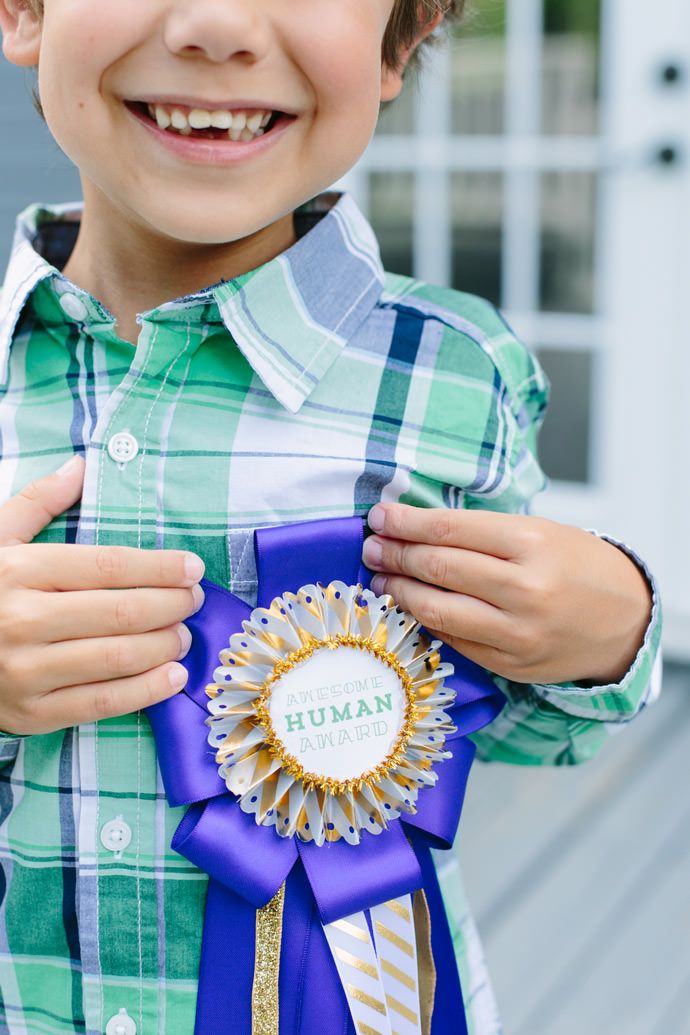
The action of the project unfolds after children get acquainted with the fairy tale "Flower - Seven Flowers" and involves the motivation of children to perform 7 good socially significant deeds. The duration of the project is 2 months, during which the children are actively preparing for upcoming events (promotions). The upbringing of such moral qualities as integrity, responsibility, diligence run like a red thread through all types of children's activities.
To implement the project, it is necessary to use a number of resources. First of all, these are personnel (educators, social partners, administration of the preschool educational institution), material and technical (information materials, gaming and technical equipment), regulatory and legal (charter of the preschool educational institution, work program, San Pin).
Having developed the project “Good deeds for preschool children”, we assume that the conditions created for the self-realization of pupils will increase the social activity of their families, which, ultimately, will allow educating individuals with an active lifestyle and creative potential.
Relevance of the project.
“Of all the sciences that a person should know, the most important is the science of how to live, doing as little evil as possible and as much good as possible”
society. This process transfers to the child a system of generally accepted fundamental values that determine the relationship of people in society, in the family, as well as principles and norms based on the concepts of good and evil, truth and lies, positive and negative in a global sense.
The urgency of the problem of moral education is due to the crisis of modern society, in which there has been an erosion of moral norms, the importance of the family institution, spiritual values, which significantly complicates the path of personal development of a preschool child.
Among the problems that the presented project is designed to solve are insufficiently developed communication skills, spiritual and moral qualities of children, family values.
The most favorable period in the moral formation of a person is the preschool age.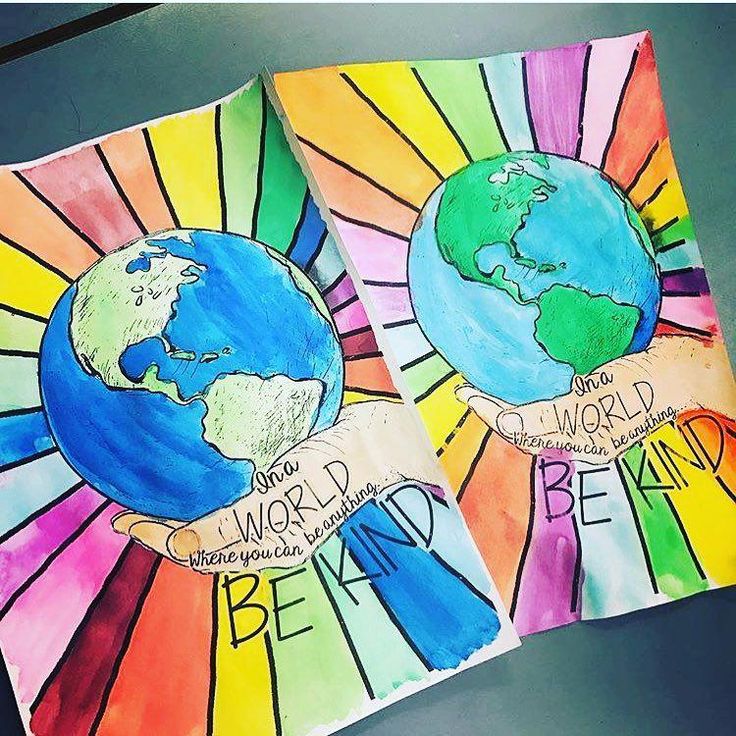 In addition to the active work to educate the moral qualities of the children of our group, the project “Good deeds for preschool children” was developed (and implemented), which, among other things, introduces children to the concept of “volunteering”.
In addition to the active work to educate the moral qualities of the children of our group, the project “Good deeds for preschool children” was developed (and implemented), which, among other things, introduces children to the concept of “volunteering”.
Any volunteer movement is based on the principle as old as the world: if you want to feel like a person, help someone else. Volunteer activity of citizens is the most important factor in the social development of society in such areas as education, science, culture, art, healthcare, and environmental protection.
Volunteering is an area that gives scope for creative initiative and social creativity, providing an important contribution to achieving the goals of the country's social policy and improving the quality of life of citizens.
It is necessary to introduce the basics of volunteering from childhood. It is in this case that we will be able to educate a generation endowed with such socially significant qualities as humanism, initiative, responsibility, good nature, etc.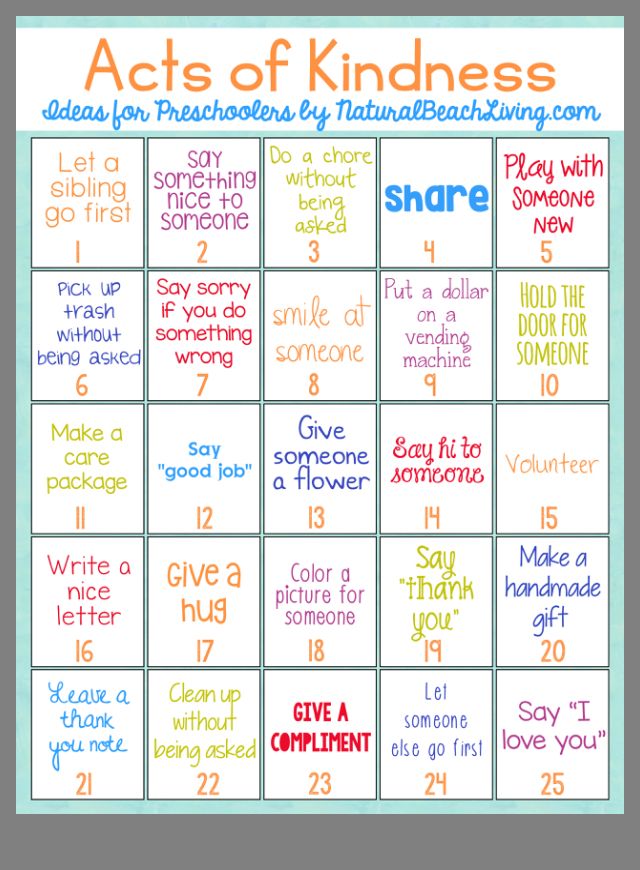
We are surrounded by a great many who need help: orphans, people with disabilities, the elderly, homeless animals. According to statistics, more than 70% of people have ever participated in charity events. According to Rosstat, in recent years there has been a steady increase in the number of citizens and organizations participating in volunteer activities. Our task is to prepare a generation capable of increasing these numbers.
Goals and objectives of the project
Goal: to create conditions for the development of social skills in preschool children through participation in the organization of good deeds.
Tasks:
Educational:
- to form in children the idea of kindness, kindness, good, kind deeds;
- to form positive attitudes towards volunteering among preschool children;
- create conditions for self-realization of preschool children and increase their social activity, in which there is a transfer of experience (game, cognitive, social) in the natural environment from older to younger;
Developing:
- to develop independence and responsibility in preschool children;
- to develop the communication skills of preschoolers, cooperation skills;
Educational:
- foster responsiveness, empathy and willingness to help.
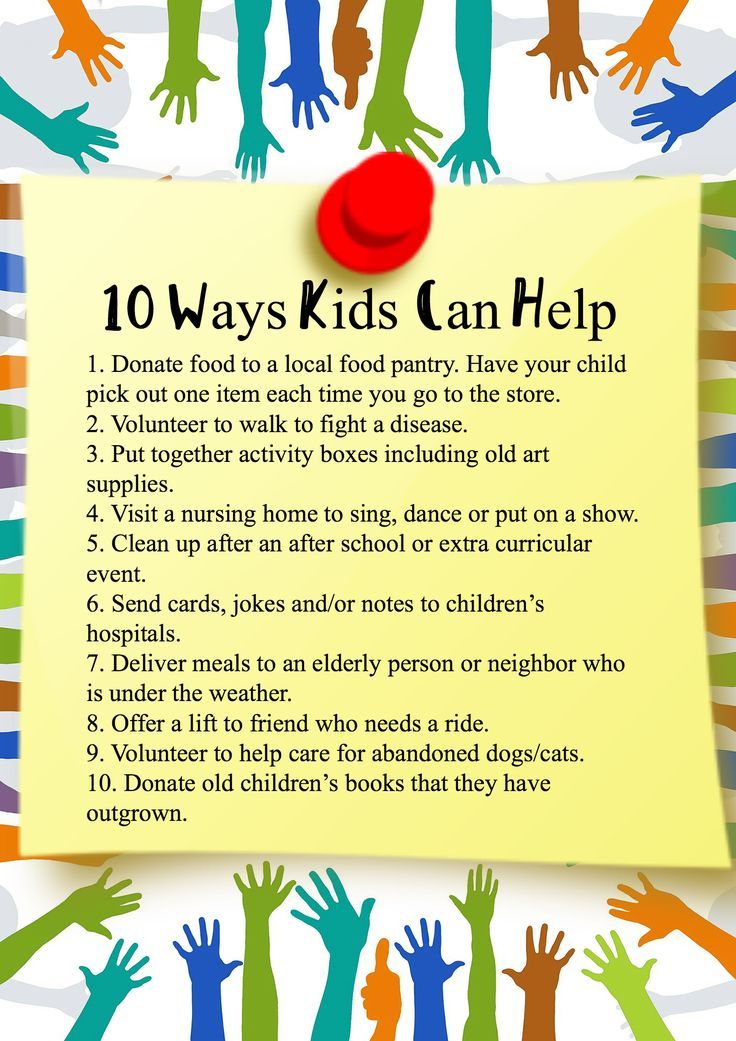
Strategy for achieving the set goals and objectives.
Project implementation stages:
The project implementation involves several stages:
1. Organizational stage
- collection of information, work with Internet sources;
- development of a project activity plan;
- involvement of parents in active participation in the project.
2. Practical stage:
| month | Event | Responsible |
| Creation of the Flower of Good Deeds. Conversations: “Kindness and kindness”, “Who are volunteers?”, “Homeless animals”, “Why do we need exercise?”, “Earth is our common home”, “Firefighters are brave people”. Games for the development of moral qualities: “Favorite quality”, “Beauty ring”, “Honesty circle”, “Magic wand”, “Good elves”. Productive activity: Manual labor "Flower - seven-flower" Drawing "Kindness" Construction "City where good reigns" Reading fiction: V. Kataev "Flower - seven-flower" V. Oseeva "On the bank of the river" P. Bazhov "Silver hoof" Nenets fairy tale "Cuckoo" arr. K. Sharov. Organization and holding of actions: - April 1 - Day of Birds - "House for Birds" (construction of birdhouses). Action "Help a friend" - (Food collection for the Shelter Shepherd Shelter, Omsk. - April 7 - World Health Day - flash mob "Health is in order - thanks to exercise!" (preparation of a charging complex and conducting it together with younger schoolchildren classes BOU "Eremeevskoy school" -April 22 - Earth Day - "Plant a sprout - leave your mark on nature" campaign (planting young trees together with parents) (distribution of leaflets with fire safety rules) | A. Educator A.V. Bubnova Educator A.V. Bubnova Educator V.S. Kukharchak Educator A.V. Bubnova Educator Parents A.V. Bubnova Educator L.V. KHAVRONENKO Physical education teacher Parents Volunteer unit of the special purpose of the BOU "Yeremeyevskaya secondary school" (children of the older group) | |
| May | Conversations: "Are you kind?", "Our good deeds?", Our good deeds? ”, “Who are the veterans”, “The book is our friend”. Games for the development of moral qualities: "Generous gifts", "True friends", "How to care", "Only good things". Productive activity: Application “Give a smile” Drawing “Dove of peace” Modeling “The flower of kindness” Reading fiction: A. Barto “My friend” 5 Obykinovsky human". A. Barto "Vovka - a kind soul" Reading and memorizing poems about kindness. Organization and holding of actions: - May 9 - Victory Day - Action - "Give a postcard to a veteran and home front workers" (making postcards to a veteran and home front workers with words of gratitude) - May 15 - International Day of the Family - action "There are no other people's children" (Collection of toys from Kinder Surprise for the Department of Hematology of the CSTO) distribution of leaflets about the dangers of smoking to passers-by). | A.V. Bubnova Educator Kindergarten teachers A.V. Bubnova V.S. Kukharchak A.V. Bubnova V.S. Kukharchak Volunteer special purpose of the BOU “Yeremeyevskaya Schu” (parents, children of the senior group) |
| Work with parents | ||
| April | 9000 help in creating the "Magic Flower".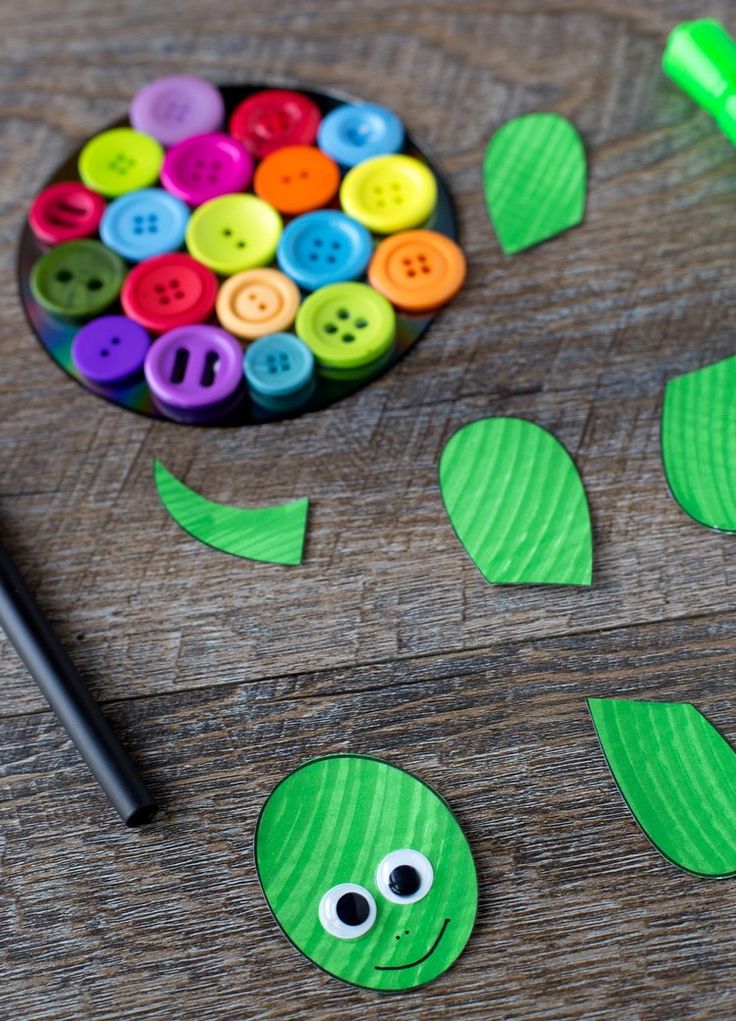 Food collection and delivery to the pet shelter. Assistance in planting young trees. | |
| May | Sliding folder “Kindness starts from childhood”. Collection of toys and delivery to the Collective Security Treaty Organization Active participation in ongoing promotions. | |
3. Final stage:
- Entertainment "Kindness will save the world!" (together with parents).
- Photo collage "Our good deeds".
- Project presentation.
Expected results
By implementing this project we will be able to:
- to form in children an idea of kindness, kindness, good, kind deeds;
- introduce children to the concept of volunteerism;
- to familiarize children and parents of pupils with socio-cultural norms, traditions of the family, society, state;
- to form in children the prerequisites for a tolerant attitude towards people with developmental disabilities;
- to involve the parents of pupils in the educational process of the preschool educational institution;
The project will help create conditions for the self-realization of pupils, increase the social activity of their families, which ultimately will allow educating individuals with an active lifestyle and creative potential.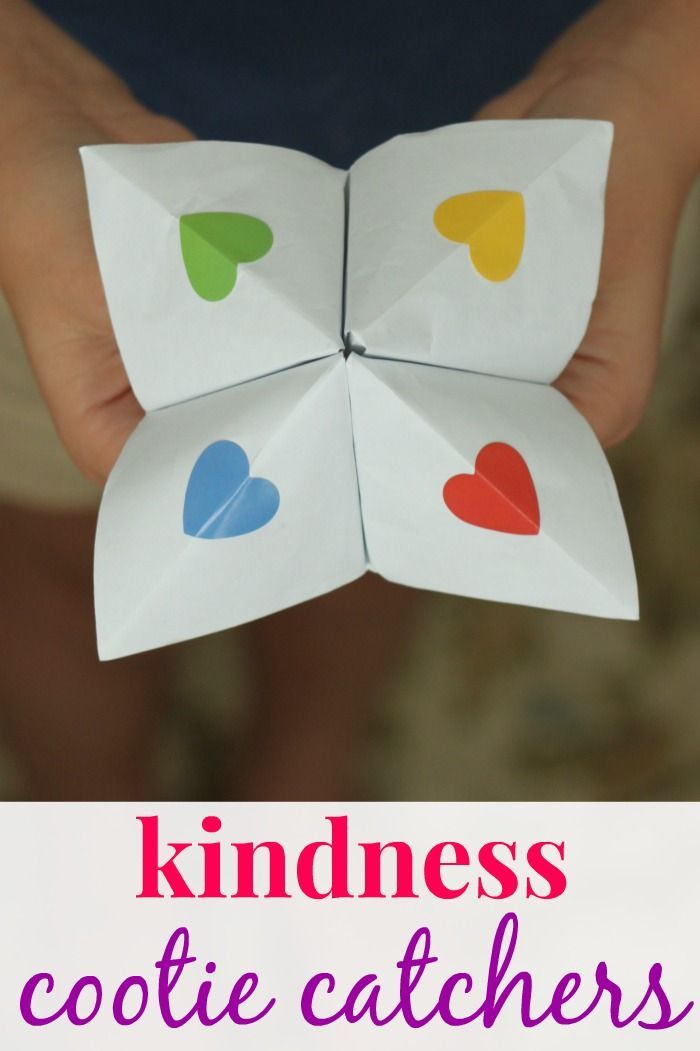

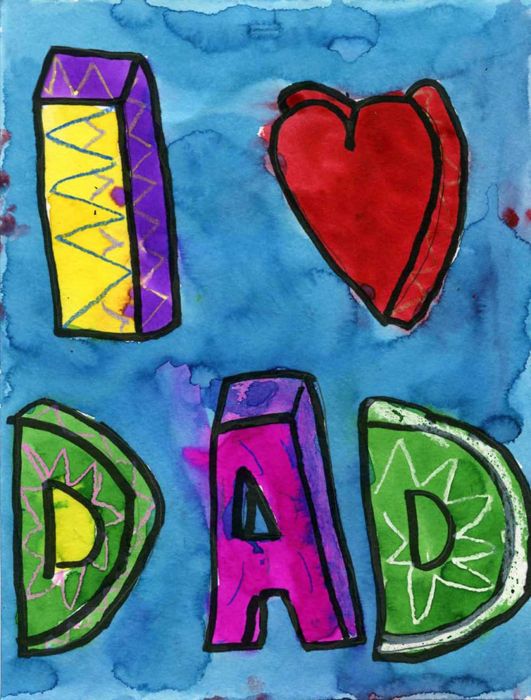
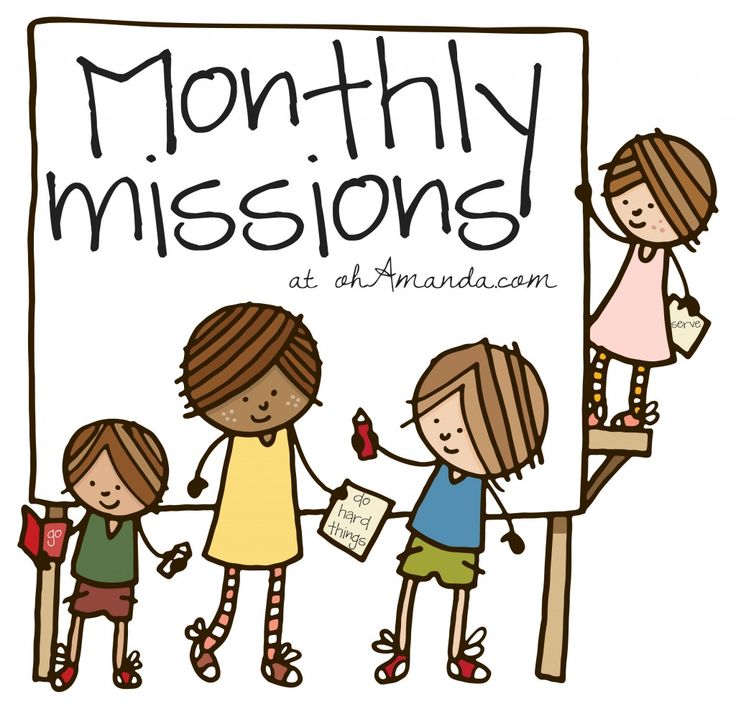 V. Bubnova
V. Bubnova 

